
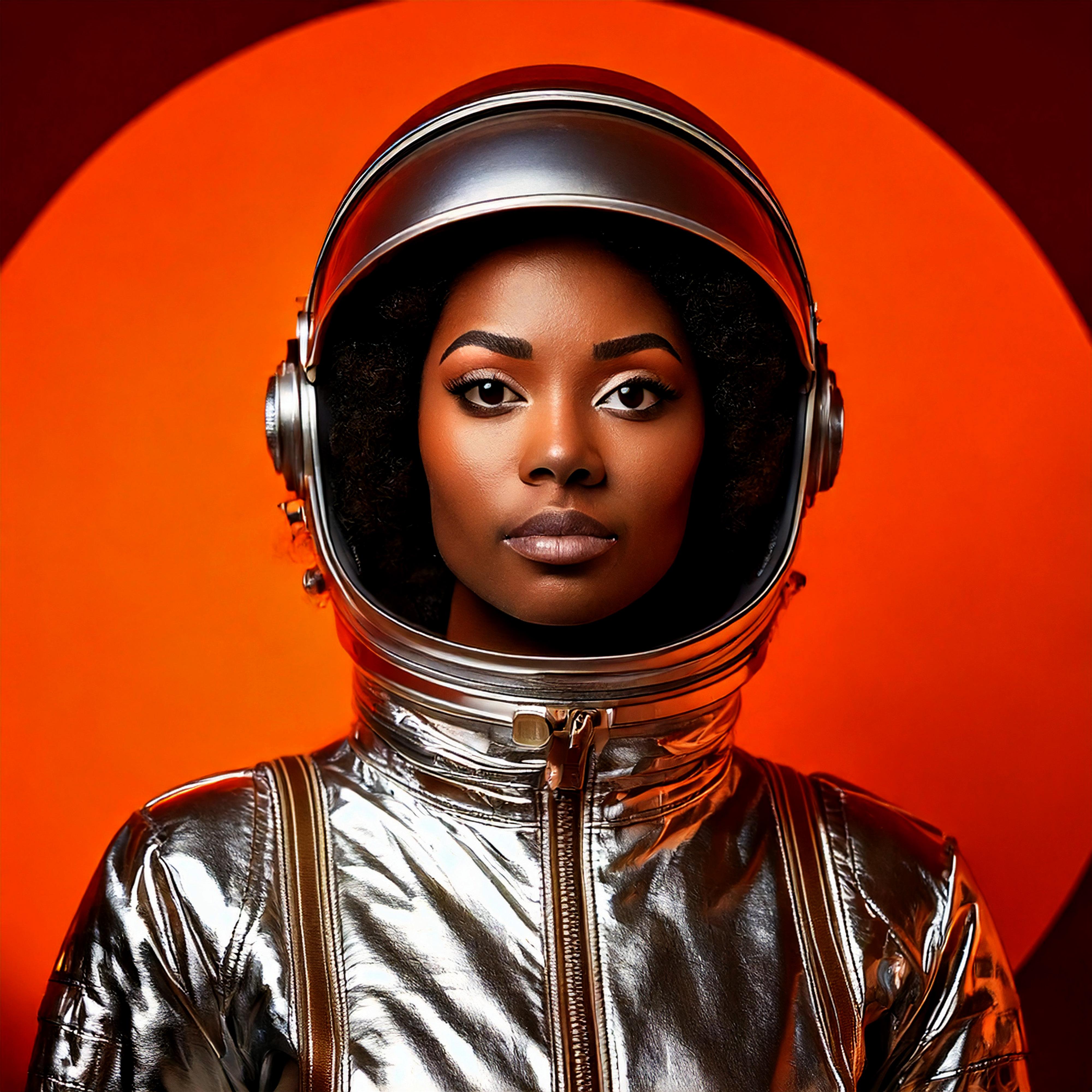




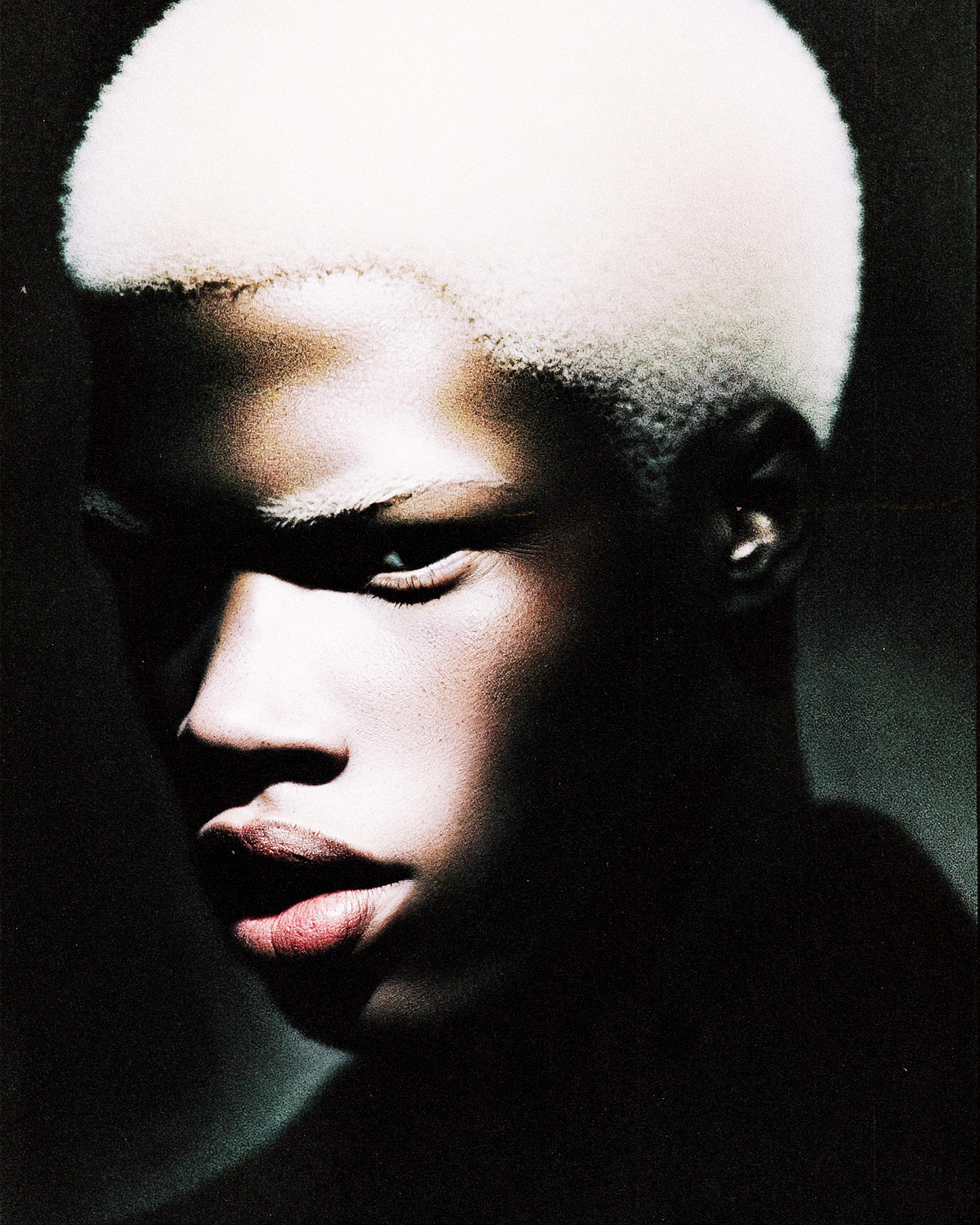
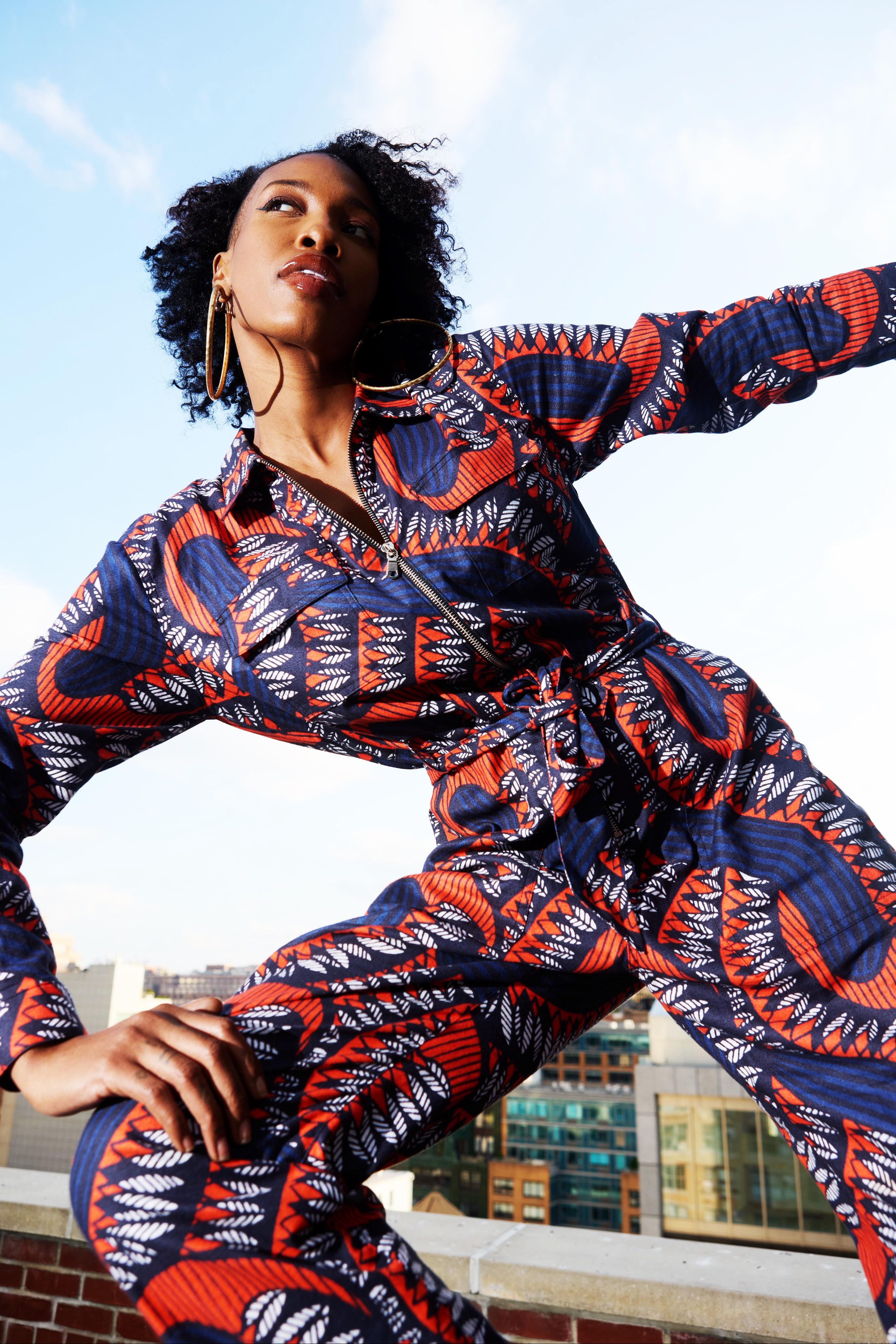
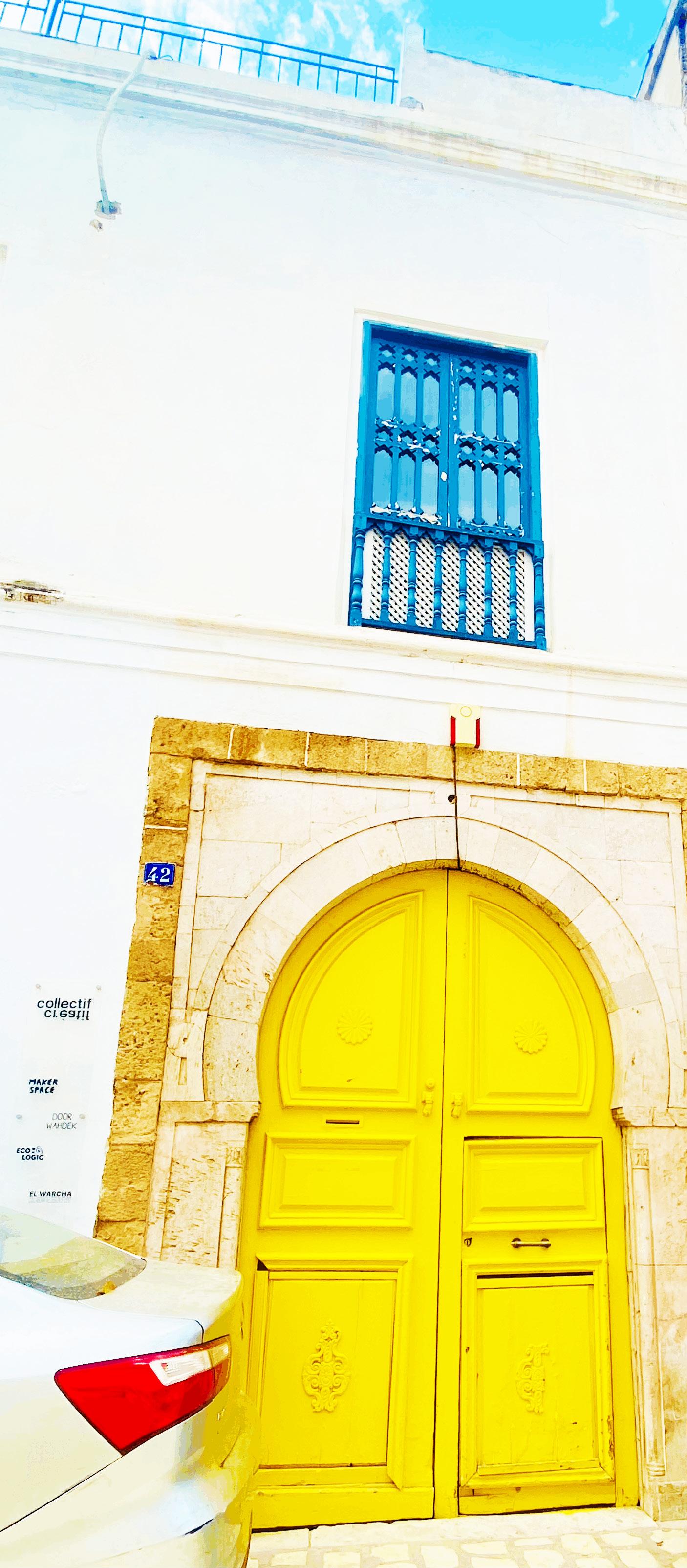
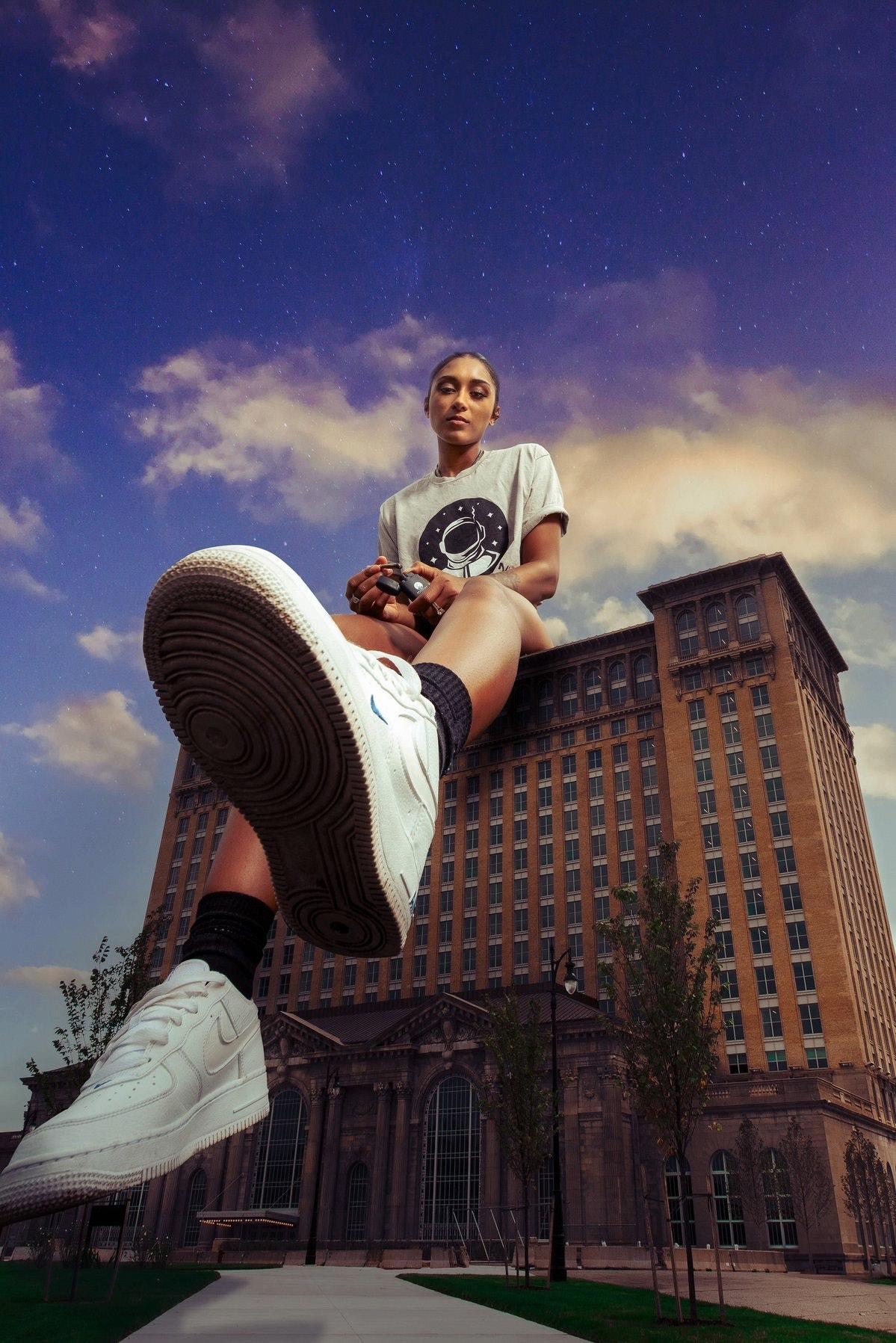


Concept: The ECHO woman doesn’t blend in she arrives. This shoot captures her entering spaces of influence, reclaiming cultural strength, and redefining luxury on her own terms. She’s grounded in heritage, yet elevated in every stride. She exudes quiet power, rooted elegance, and unapologetic style.
Credits
Brand: Journey XX
IG: @theJourneyXXltd
Model: Diana Otieno
IG: @Modeldotieno
Set Stylist: Kizzie Katt
IG: @kizziekatt
Photographer: Dexter Stallworth
IG: @DexFilmLab
Own the Moment. "Wear the Legacy"

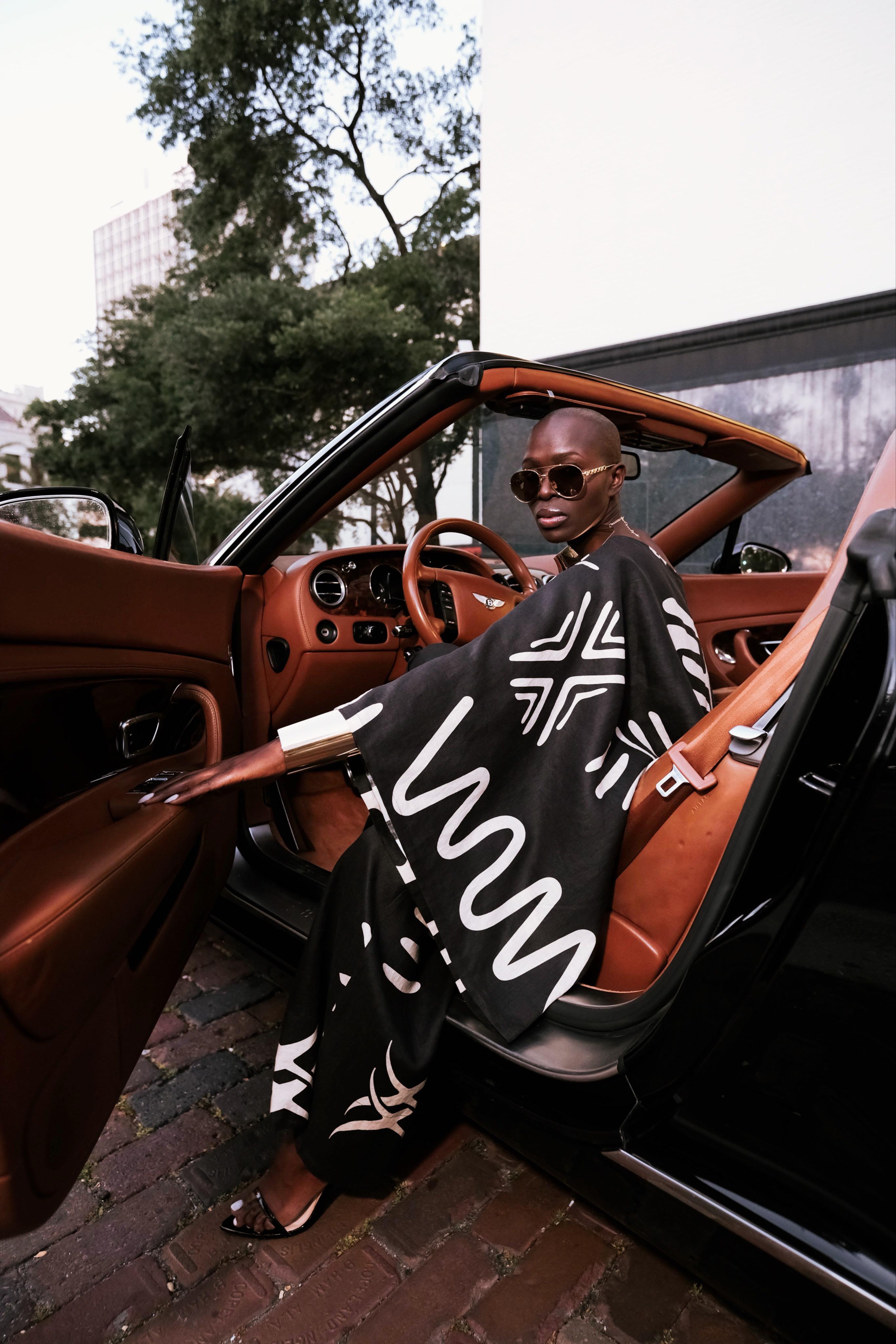
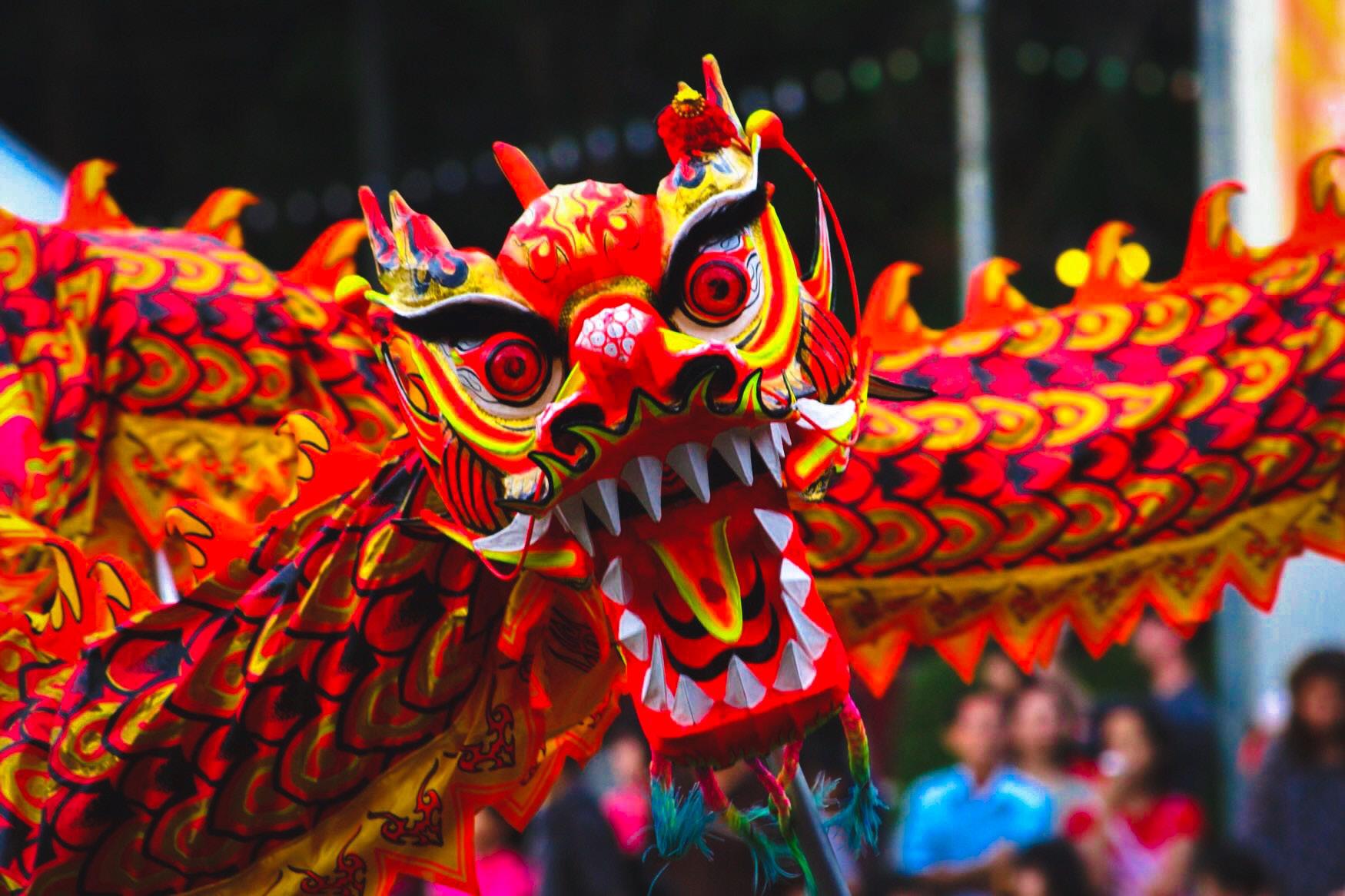
BArt Director AI Guru Photographer Marina
orn and raised in Germany, Marina’s creative journey began early. “I was about eleven when I saved enough money to buy my first DSLR,” she says. “That camera never left my side.” That early love for photography eventually led her to pursue a degree in design, focusing on photography and graphic design.
This blend of visual storytelling and technical skill would later shape her approach to branding, giving her campaigns a layered, emotionally resonant edge.
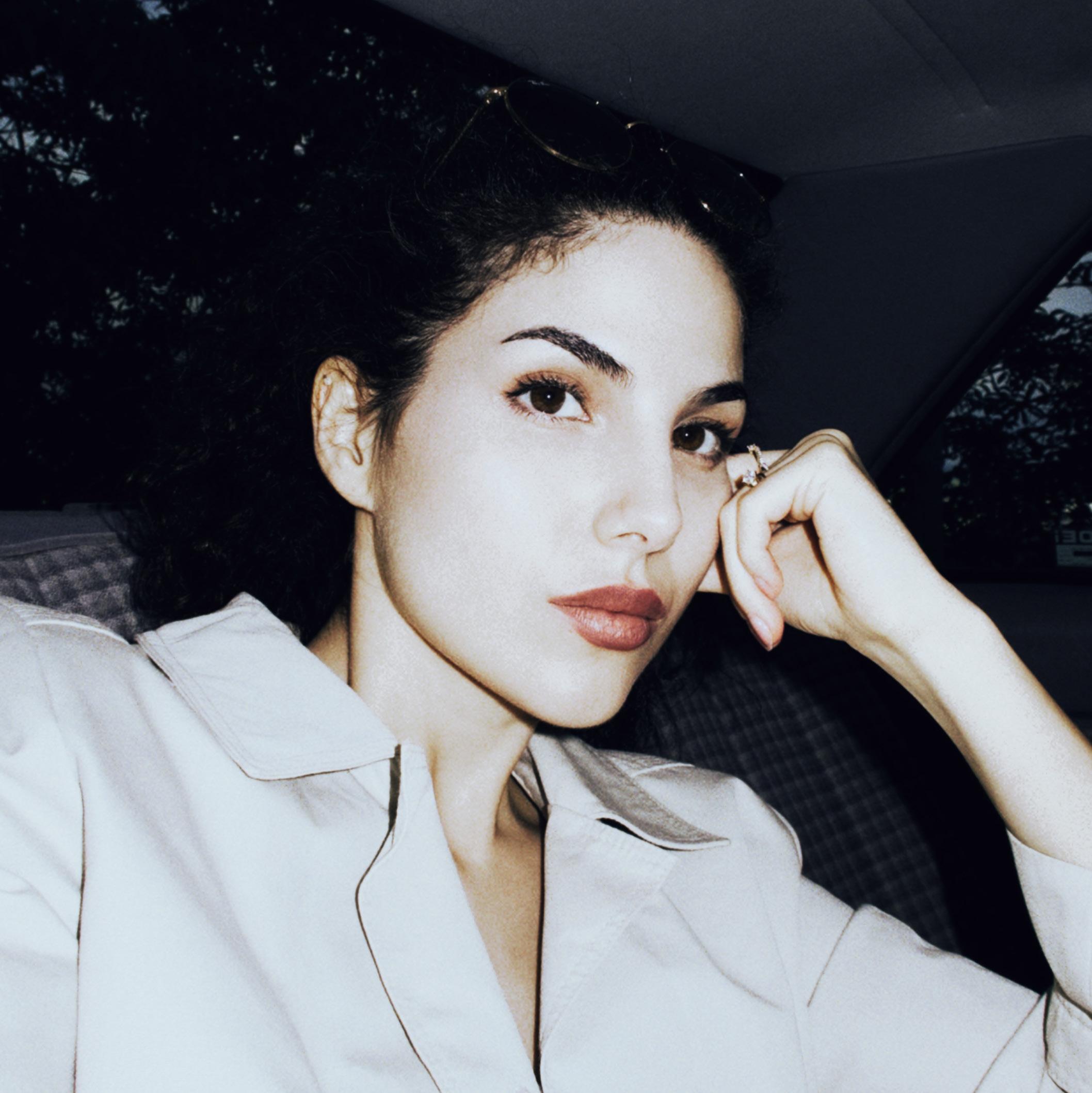
Today, Marina works as an art director at a high-performing creative agency, specializing in branding and campaign development. Her role? Crafting narratives and visual systems that help brands connect, evolve, and stand out.
Over the years, her client list has grown impressively, including regional brands like Deuter, Spar, and Weck, as well as global heavyweights such as Mercedes-Benz, Elgato, Corsair, and Alpina (BMW). “My job is to help brands tell their story in a way that feels human and forward-thinking,” she explains. “In a fast-moving world, relevance is everything.”
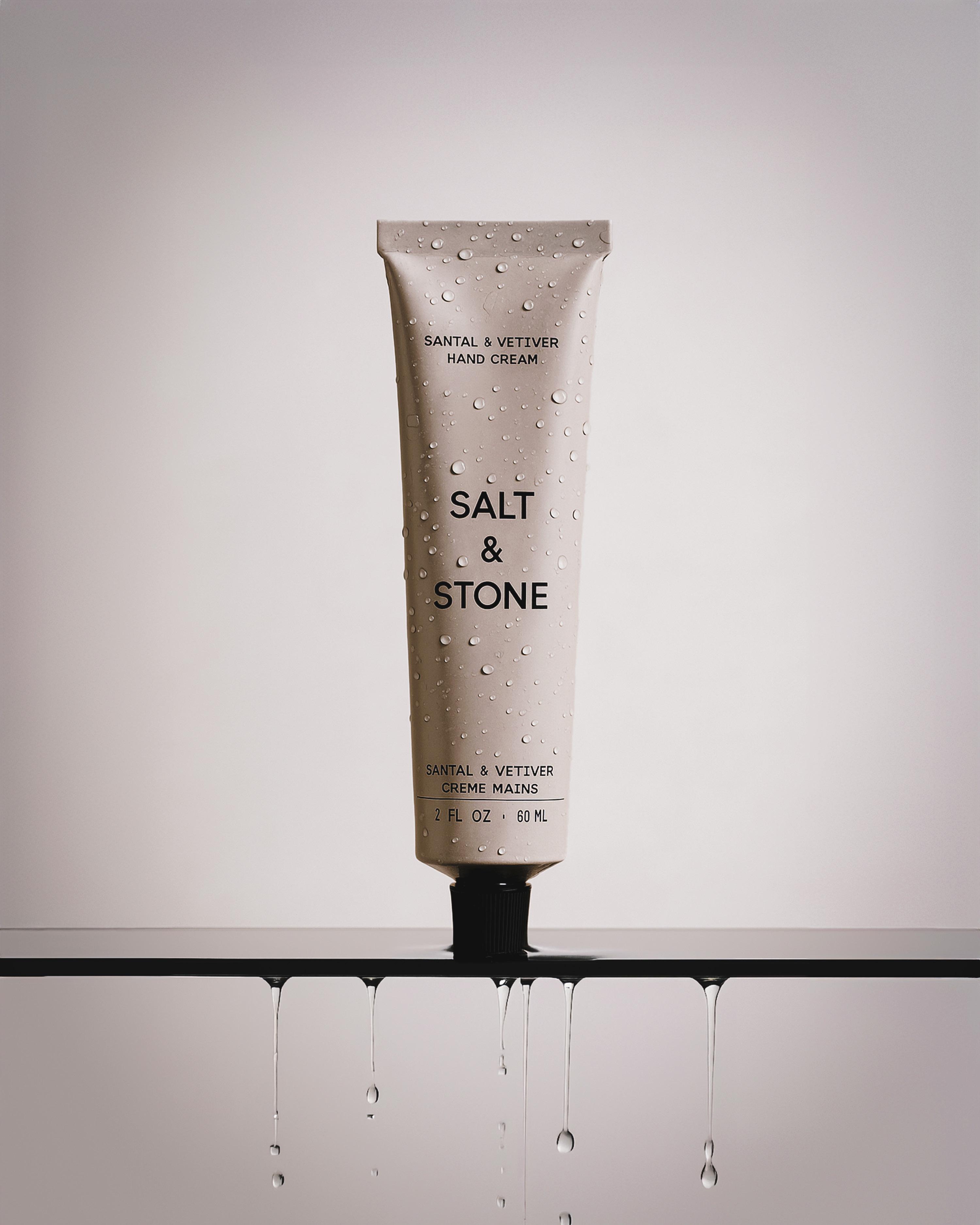
In 2022, Marina encountered Midjourney, an AI-powered image generator that changed the way she viewed the creative process. “I was instantly fascinated,” she recalls. “It gave me freedom to test, to play, to break through creative blocks.”
She quickly realized that AI wasn’t a threat to artistry, but an expansion of it.
“The exciting part is how it levels the playing field. You no longer need expensive gear or a team of models to bring an idea to life. You just need imagination.”
Her advice? “Treat AI like a pencil, a camera, or Photoshop. It’s your taste and vision that make the difference not the tool.”
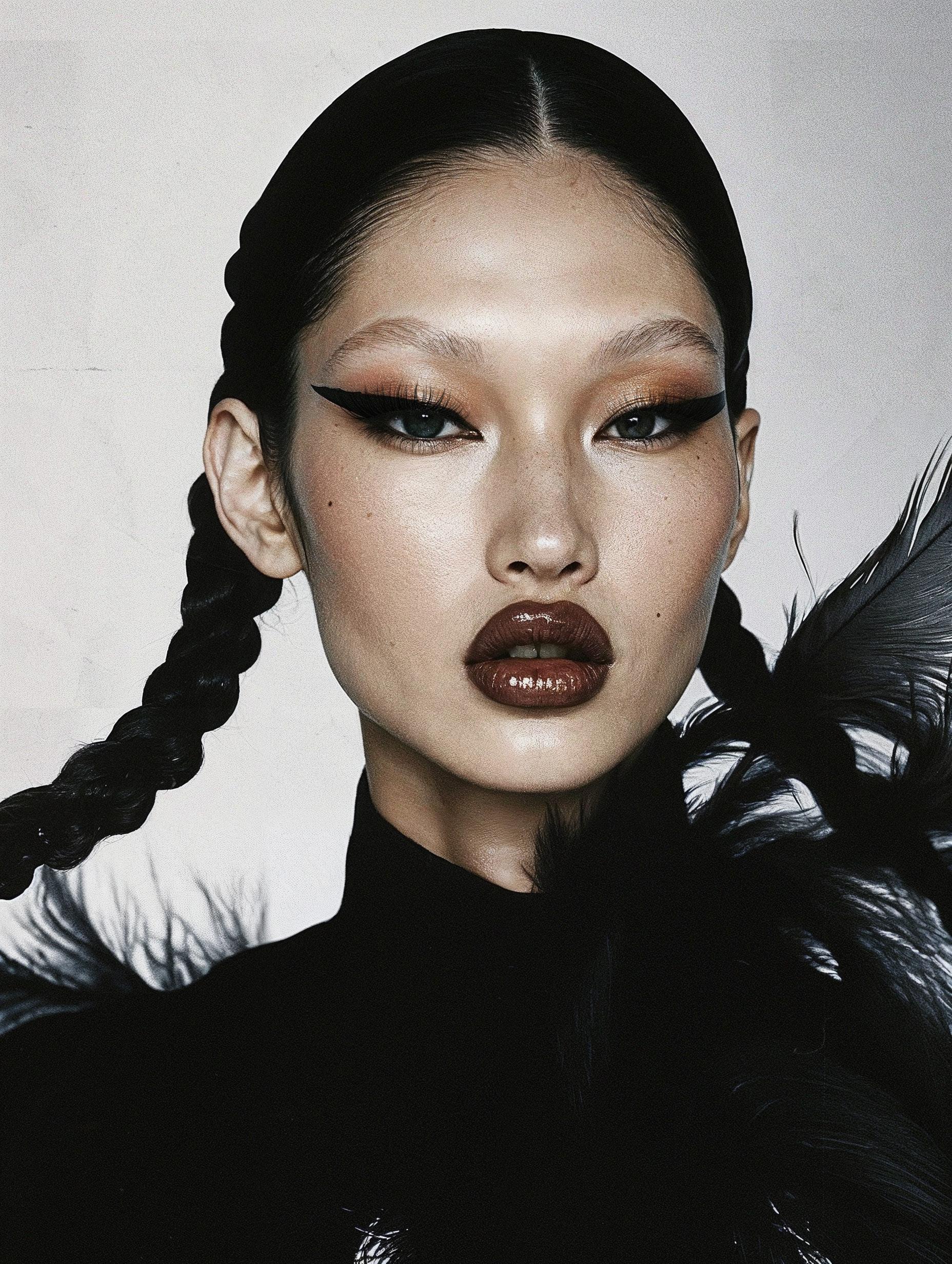
Marina is now channeling her expertise into two major projects. First, she’s launching a modular set of AI masterclasses aimed at creatives and brands who want practical, flexible ways to incorporate AI into their workflow.
Second, after receiving several industry awards this year, she’s stepping into a new chapter founding her own creative direction studio under her own name.
“It’s about independence,” she says. “About building a space where experimentation and clarity can live side by side.”
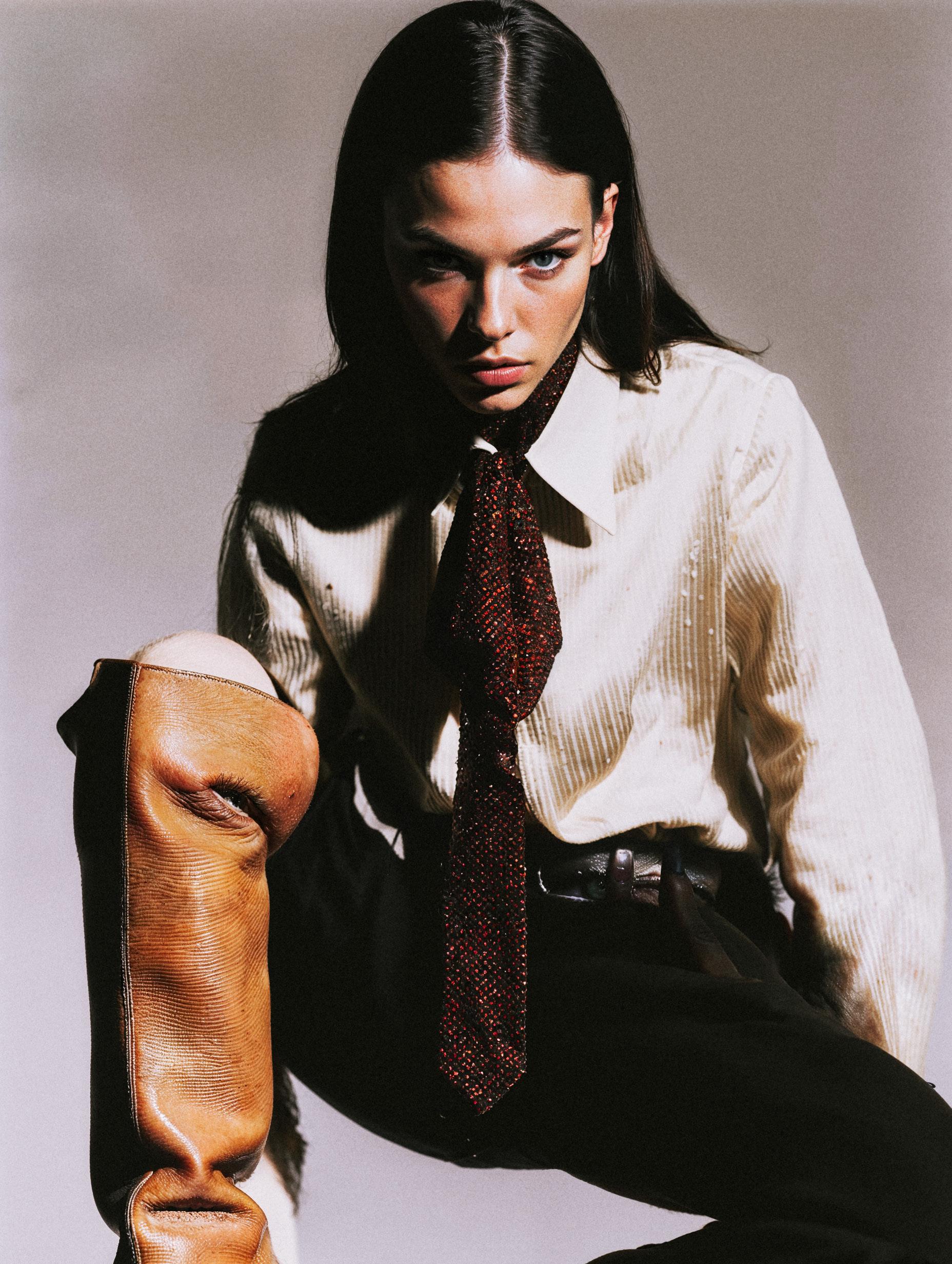
“Make mistakes. Be playful. That’s how you find your voice.”
The lotus's ability to thrive in harsh environments, like muddy waters, represents resilience, strength, and the capacity to overcome adversity

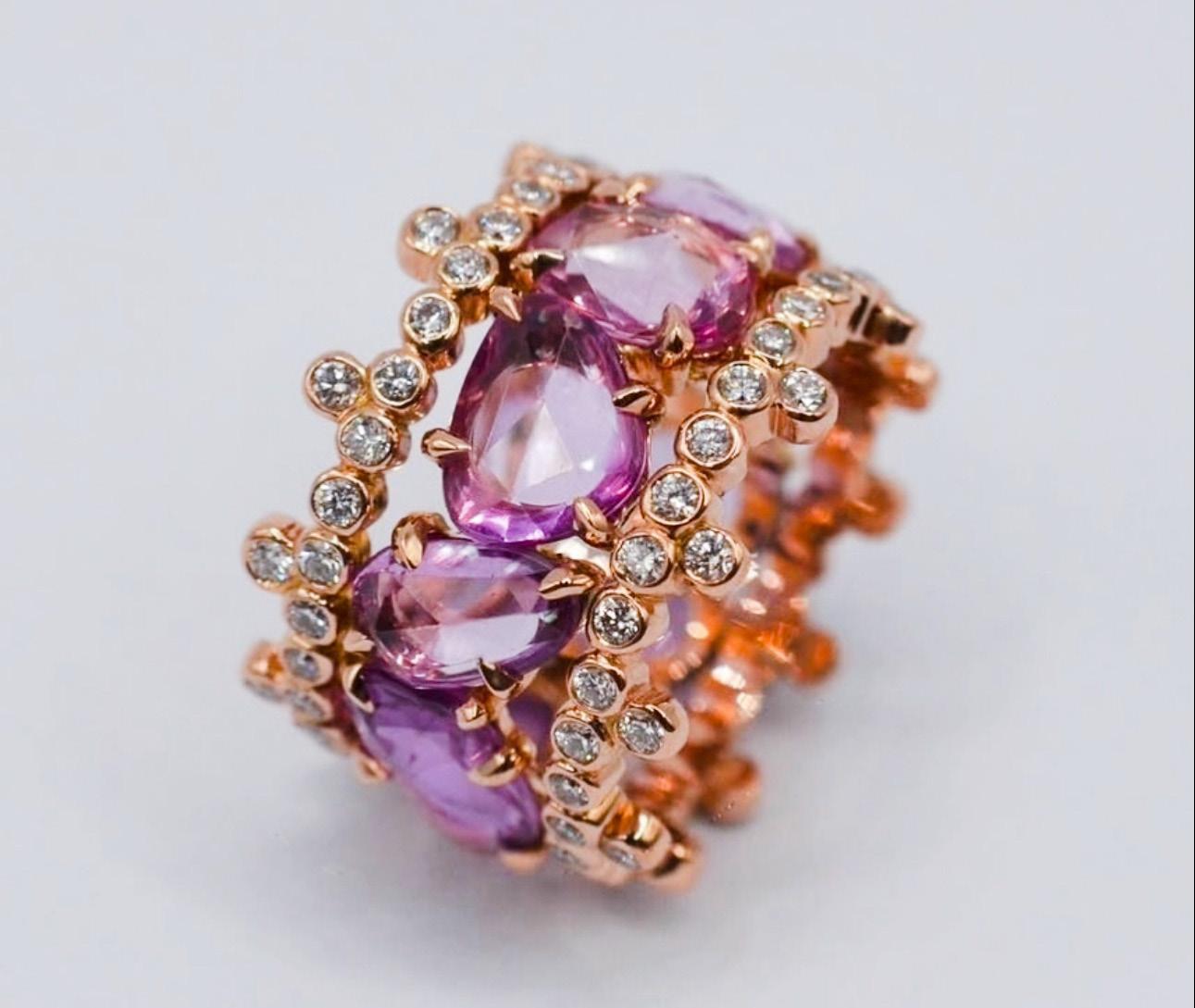

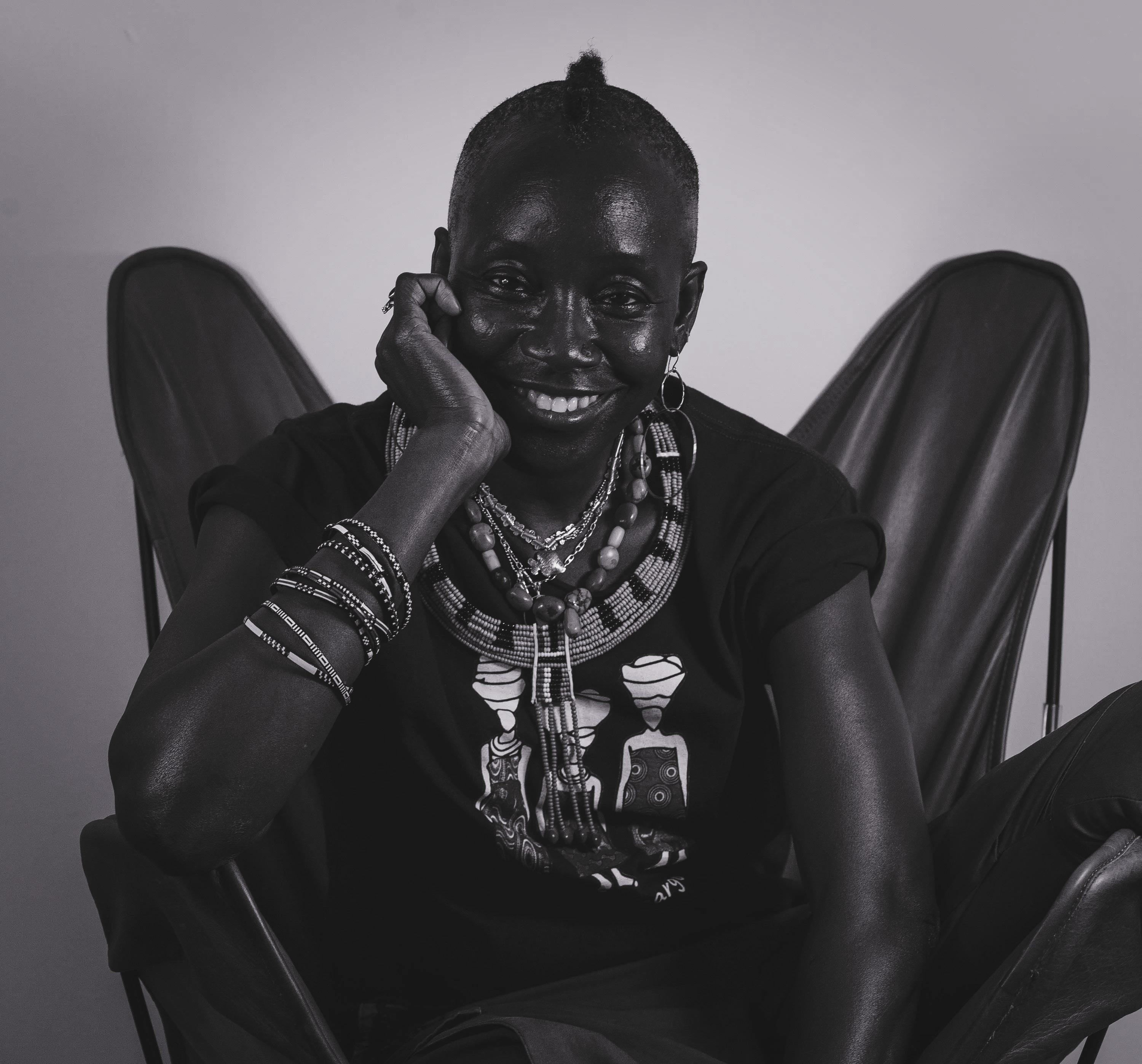
Lola Faturoti
Lola Faturoti’s fashion journey began not in the spotlight of a runway but in a quiet tailoring space in Ondo, Nigeria. Her grandmother, a traditional tailor, worked skillfully, stitching garments for the women in their town. “I just wanted to play outside,” Lola laughs, “but I had to sit beside her and watch. That’s where I saw the power of transformation — how clothing could help a woman reinvent herself.”
This early exposure sparked a lifelong love for fashion, built on culture, creativity, and self-expression.
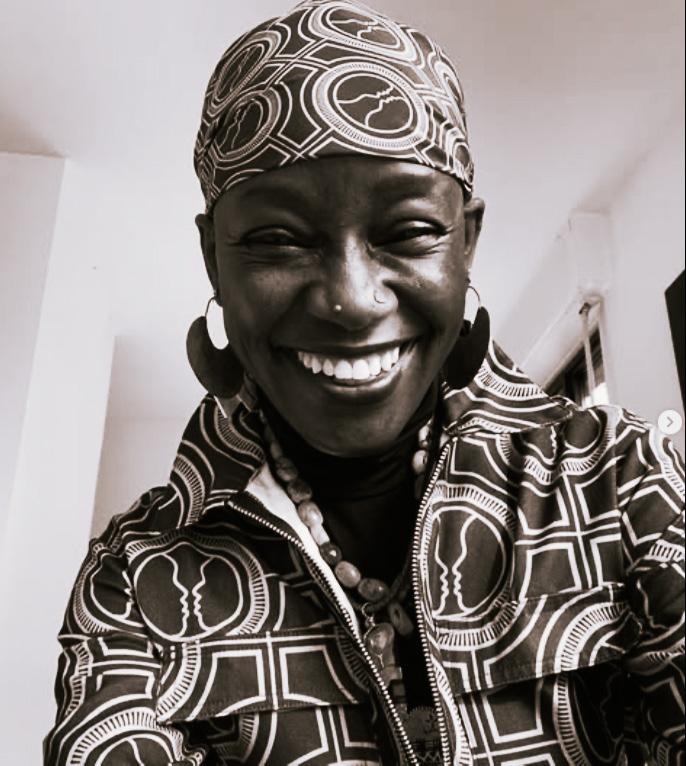
After studying fashion in London, Lola moved to New York City in the early ’90s. She found work at Charivari, a high-end boutique where her bold personal style quickly drew attention. “People constantly commented on the way I dressed,” she says. One of those people was Charivari President Barbara Weiser, who helped Lola launch her first line.
From there, Lola’s career skyrocketed. She traveled the globe, her work appeared in major fashion magazines, and she even had a piece featured in the Metropolitan Museum of Art’s Costume Institute. As one of the few Black women in the fashion spotlight at the time, Lola carved out a bold and necessary space.
But success came with a cost. After years of intense commercial momentum including international sales and press Lola stepped back.
“I realized I wanted something more authentic,” she says. During her hiatus, she reflected on the fashion industry’s impact on the environment and on traditional communities.
This led to the creation of Lola Loves Cargo, her first sustainable line focused on joy, heritage, and eco-conscious practices.
Lola Faturoti Loves was born from a long-standing idea: to reinvent denim by fusing it with bright, expressive prints inspired by African outdoor markets. “I wanted to make denim more joyful,” she says. “It’s a canvas for self-actualization.”
One of her signature motifs? Printed bicycle chains. “Bicycles symbolize timeless mobility. Across cultures, they've allowed people especially women to go farther. That freedom is what I want my designs to stand for.”
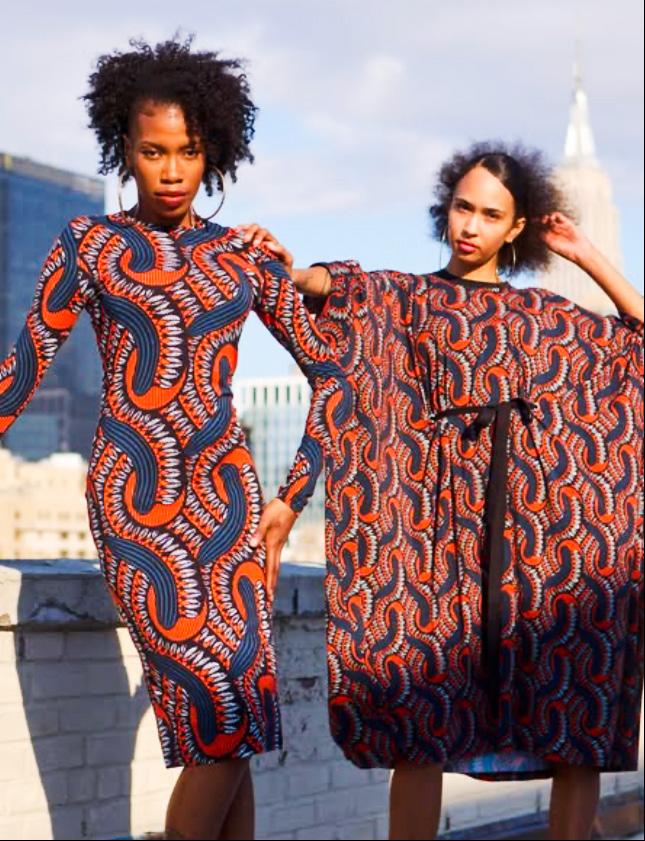
Thanks to a partnership with Resonance’s create. ONE platform, Lola is bringing innovation and sustainability into perfect alignment. Her line avoids overproduction by only printing garments after they're ordered on organic, biodegradable fabrics using 40% less ink and 50% less water.
“There’s no excess, no waste,” she says. “This is fashion made responsibly, with joy and purpose.”
At its core, Lola Faturoti Loves is about transformation not just of fabric, but of identity, spirit, and space. It is rooted in culture, committed to the planet, and driven by a belief that clothing can empower and uplift.
“Fashion helped me become who I am,” Lola says. “Now I want to create clothes that help others do the same joyfully, boldly, and without compromise.”
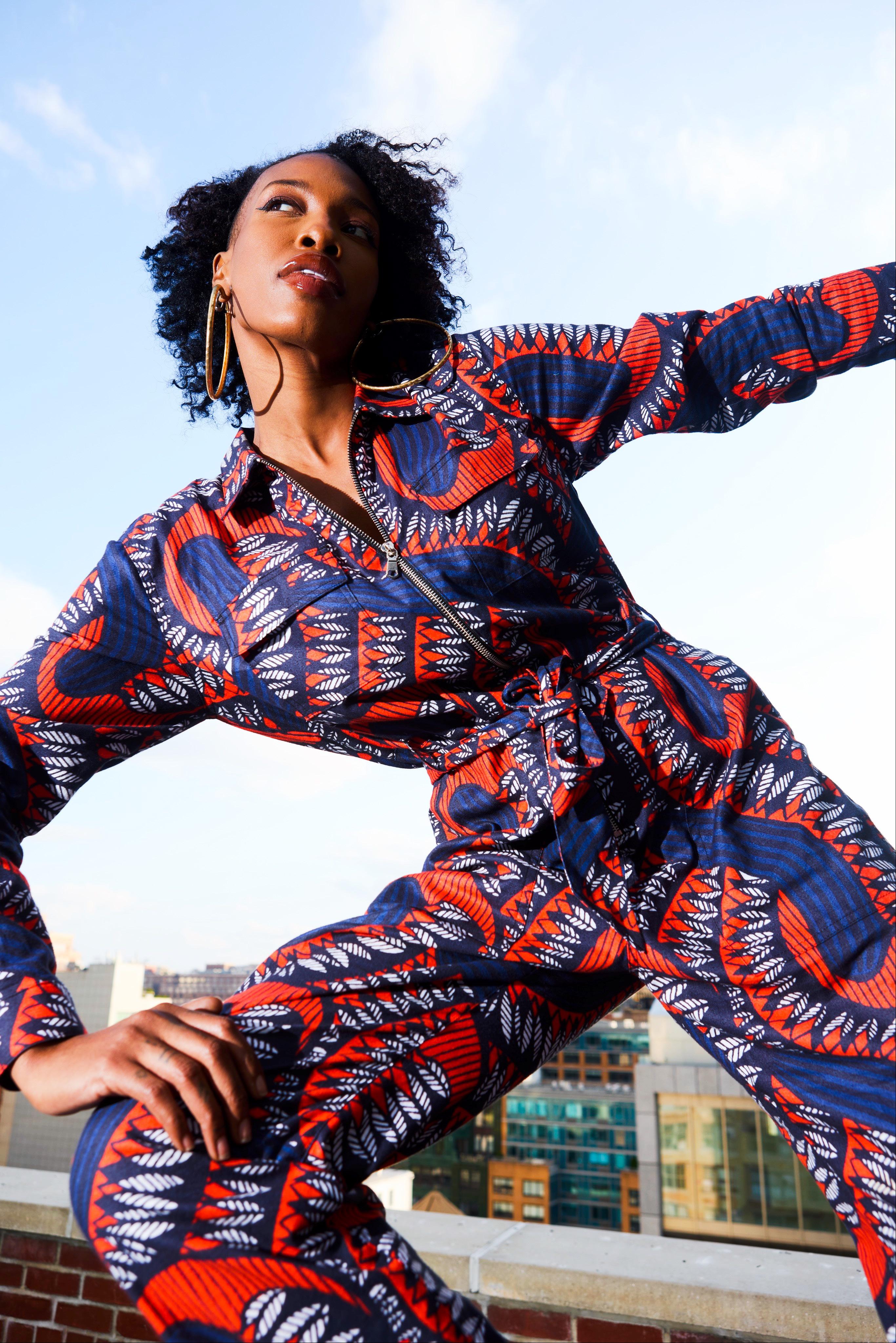
Henri Matisse
French painter, prominent figure in modern art

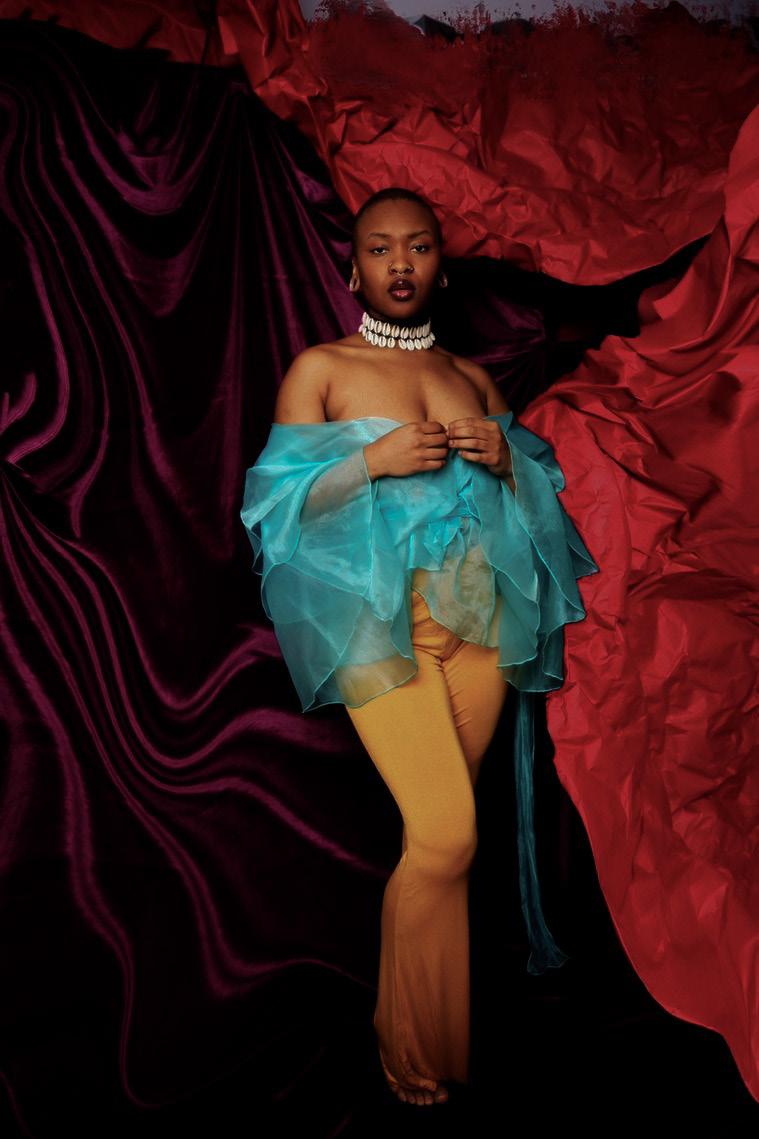
Lo Braden’s artistry begins with movement both physical and emotional. Born in Detroit in 1994, they’ve lived across Romulus, Novi, West Bloomfield, and Southfield, a journey that exposed them to a broad spectrum of cultural experiences. But it was in Novi, surrounded by microaggressions and systemic bias, that Lo’s awareness of race sharpened. That tension the push and pull of visibility and erasure became the emotional heartbeat of their creative practice.
Lo Braden (they/them)

Lo’s photography is a direct challenge to a long history of underexposed truths. “The technology wasn’t made for us,” they explain, referencing how early film and photography failed to capture darker skin tones. “Film was adjusted to shoot wood and chocolate not people. That matters.”
Lo’s work today is a vibrant correction intentionally warm, saturated, and rich with the depth that traditional imaging often denied. Their lens is political, personal, and tender, aimed at honoring the beauty of Black skin in all its tones.
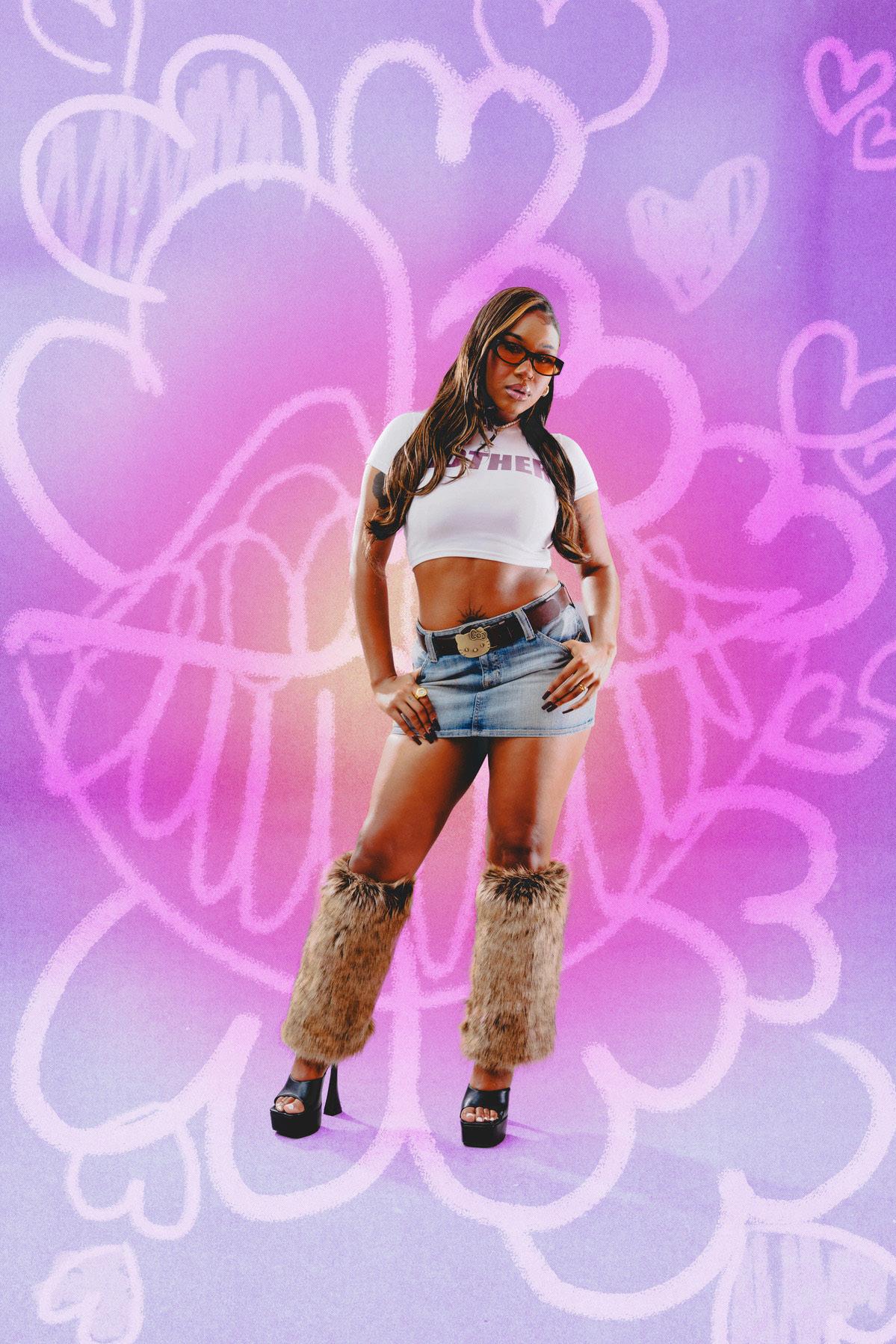
What began with portraits has evolved into full-scale world-building. Lo blends surrealism with storytelling, using altered scales, dreamlike settings, and digital editing tools like Photoshop, Lightroom, and Procreate. “It’s nonlinear. Messy. Joyful,” they say of their process. “Each piece is shaped not just by the original concept, but by what I discover as I go.” Lo’s images feel like alternate dimensions places where Blackness is not just seen but centered, celebrated, and mythologized.
For Lo, creativity isn’t just about making images it’s about seeing the world differently, solving problems from angles no one else thought to look. “That’s all creativity really is,” they say. “Finding another way.”
Whether that means using unconventional color to elevate skin tones or digitally warping reality to reflect emotional truths, Lo’s work always invites us to ask: What would the world look like if we saw Blackness through a lens of love, imagination, and depth?
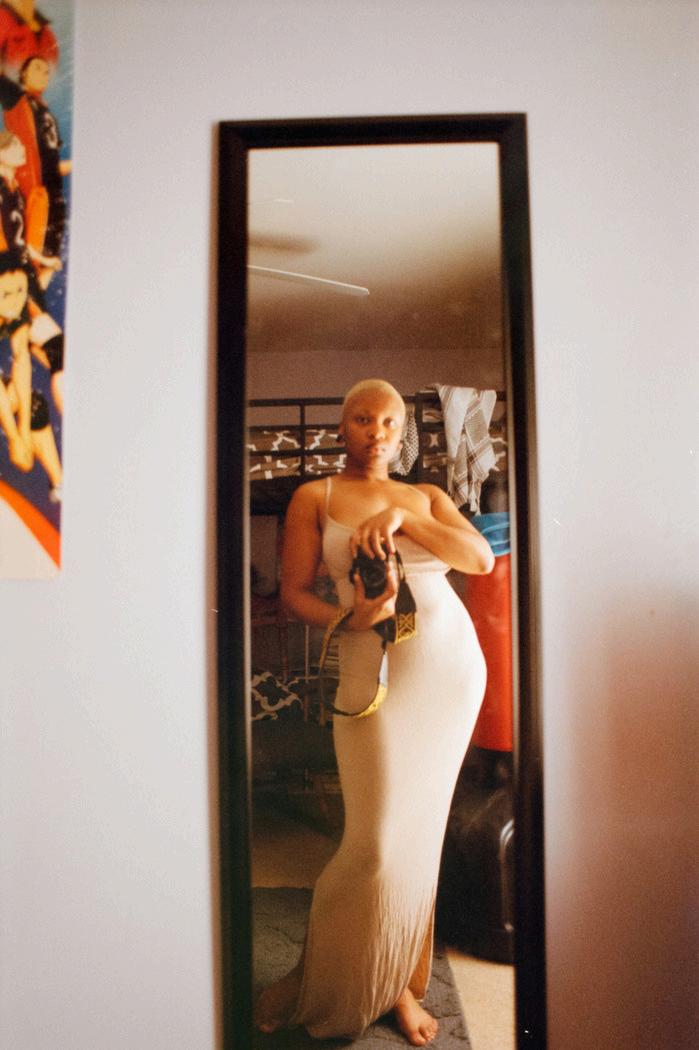
“The tools have changed since I started, but the goal hasn’t,” Lo says. “More ways to get the vision out. More ways to solve the problem. That’s the joy.”
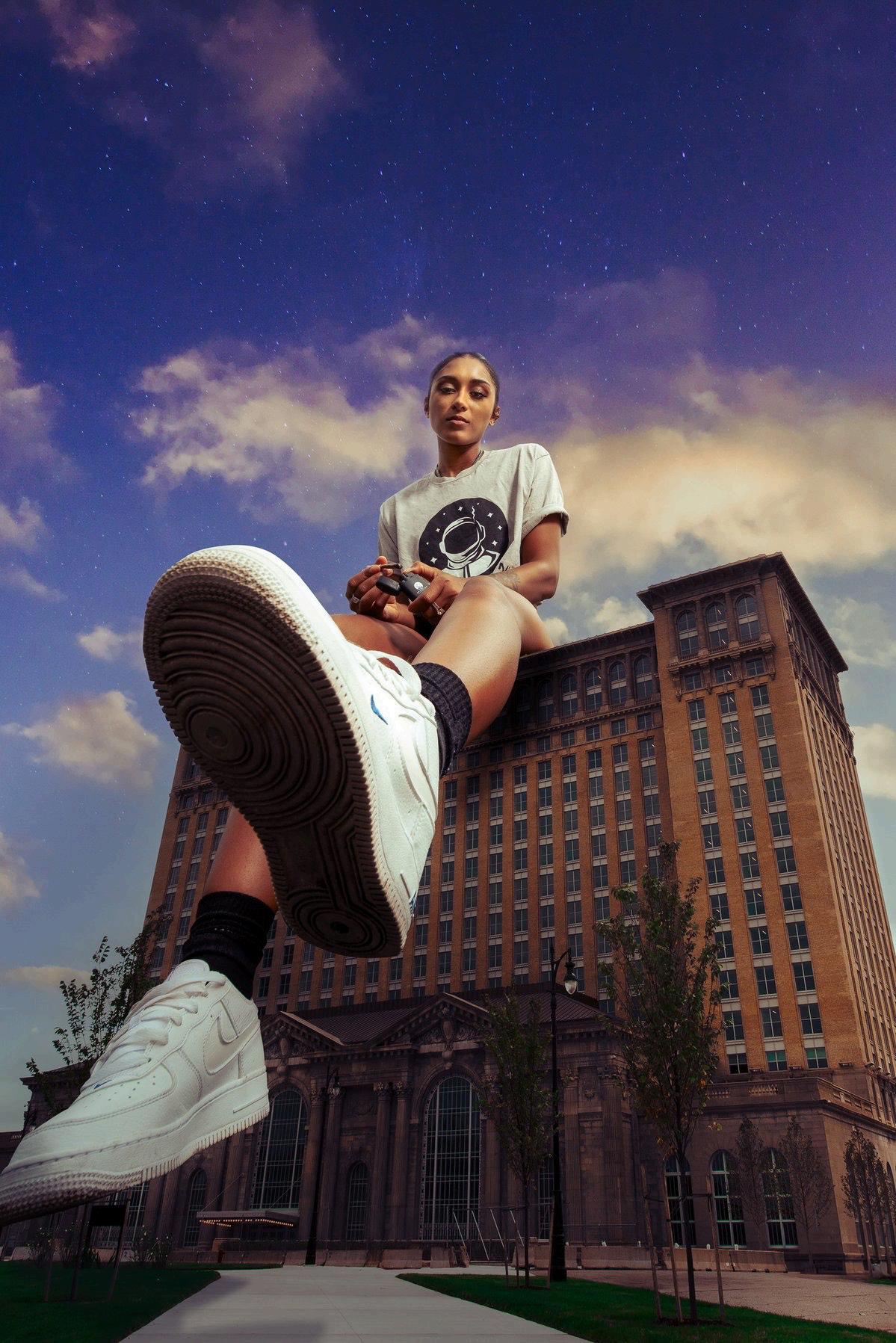

For decades, I stayed within a 60-mile radius of Detroit, held in place by inherited fears about traveling especially alone, especially as a Black woman. At 56, I chose differently.
In August 2024, I said yes to the unknown. Invited by the artist collective Seafoam Place, I traveled to Berlin and Tunisia as a Contributing Artist and Voice Actor in Falling Sideways, an immersive production inside Berlin’s AEG Tunnel.
It was more than a trip. It was a promise fulfilled. Back in 2017, I had written prayers about one day visiting Africa. Now, I was living them. I made two playlists Detroit Techno and Tunisian classics to stay grounded, but once I arrived, Tunis wrote its own soundtrack.

"Sun" Foster
Creative Citizen Writer
In Tunis, I wandered not “doing,” just being. I didn’t rely on Yelp or itineraries. I let the pulse of the place guide me. Even with friends nearby, the experience was deeply solo. My Airbnb hosts, Emir and Hayfa, helped me feel grounded, Remembering the cautionary advice, “Don’t slip!”

The narrow cobblestone paths meant for, feet, hooves and time itself led me to an ancient past. Drivers took tight turns like open roads, forcing me to press against walls as scooters zipped past. I stayed alert for the sloped gutters where wastewater trickled, remembering the advice: Don’t slip.
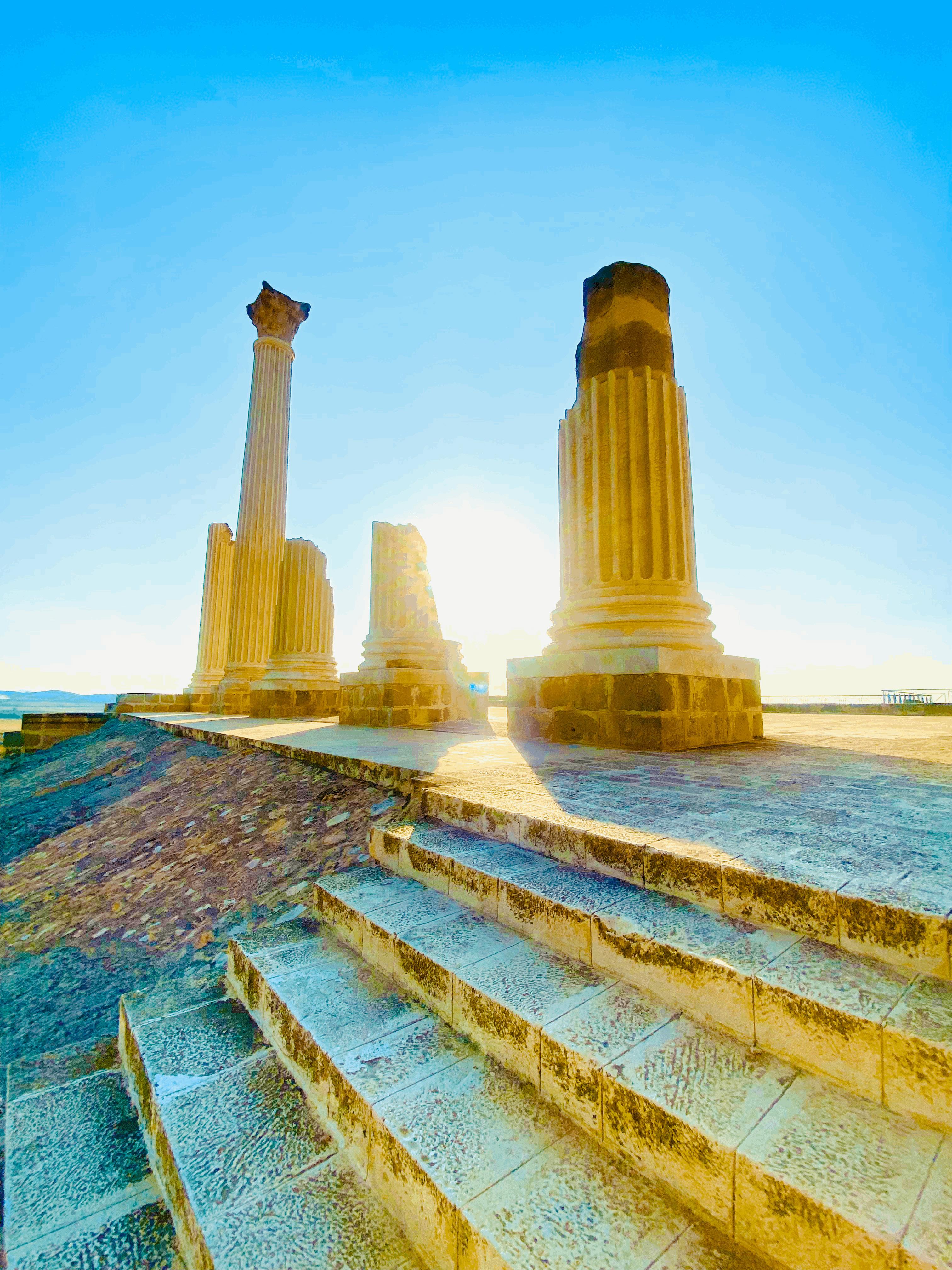
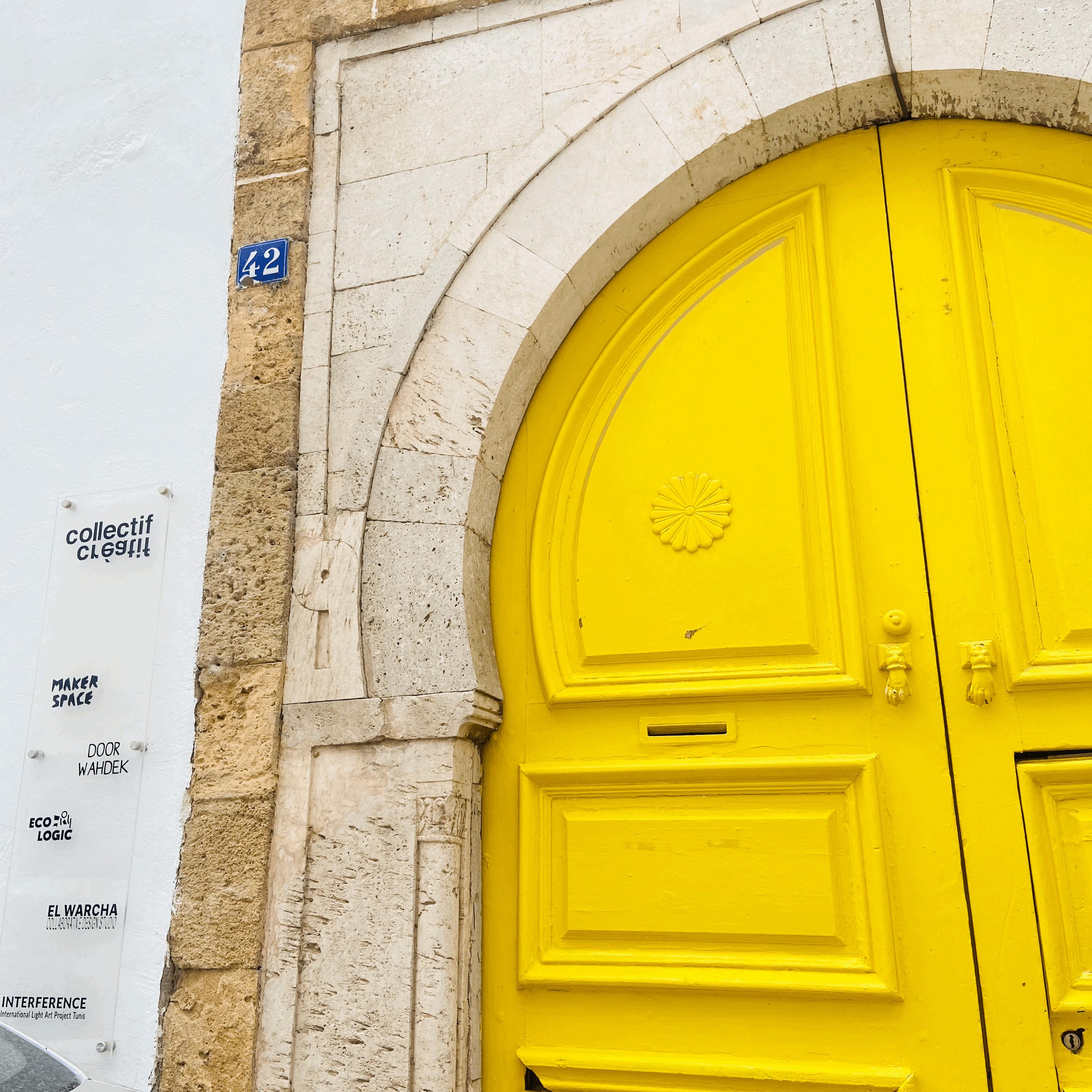
Though I’m not much of a shopper, the souks seduced me into its maze. I followed memory to the Sultan’s Palace, where I’d seen a video months earlier. Climbing to its mosaic-tiled rooftop, I watched the city stretch forever. Inside, we drank tea and walked barefoot across Berber rugs as stories were shared. That moment unplanned and sacred stayed with me.
Street cats lounged like they owned the place, welcomed even in restaurants. Their calmness comforted me. But solo travel has its quiet battles. I had freeze moments disoriented, overwhelmed. My French was barely functional. All I had were “Shukran” and “Salaam,” but I moved with energy and intention. Even when merchants pushed hard, I kept my Detroit cool and moved on. “Bonjour … Salaam.” A mantra. A shield. A home.
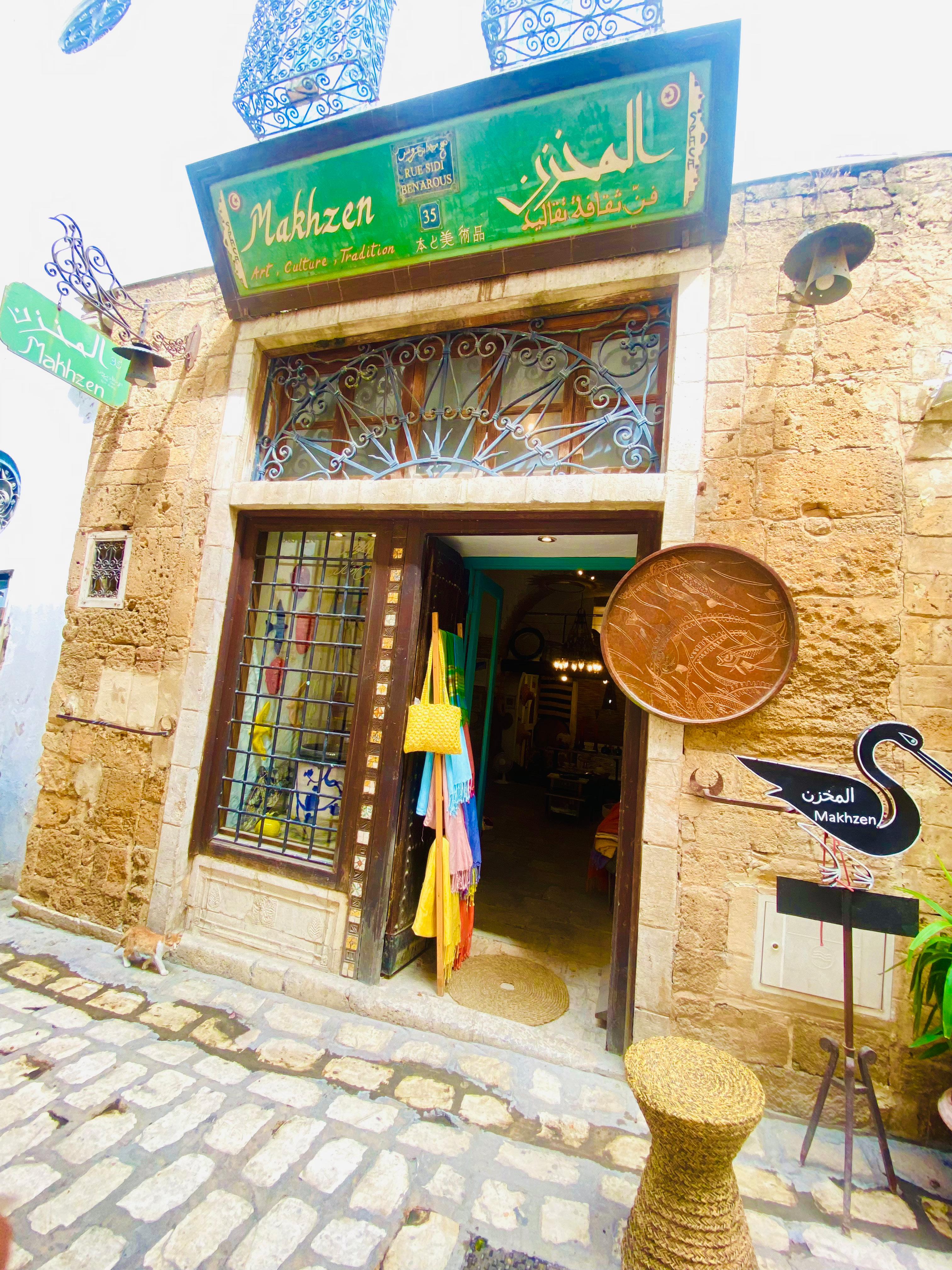
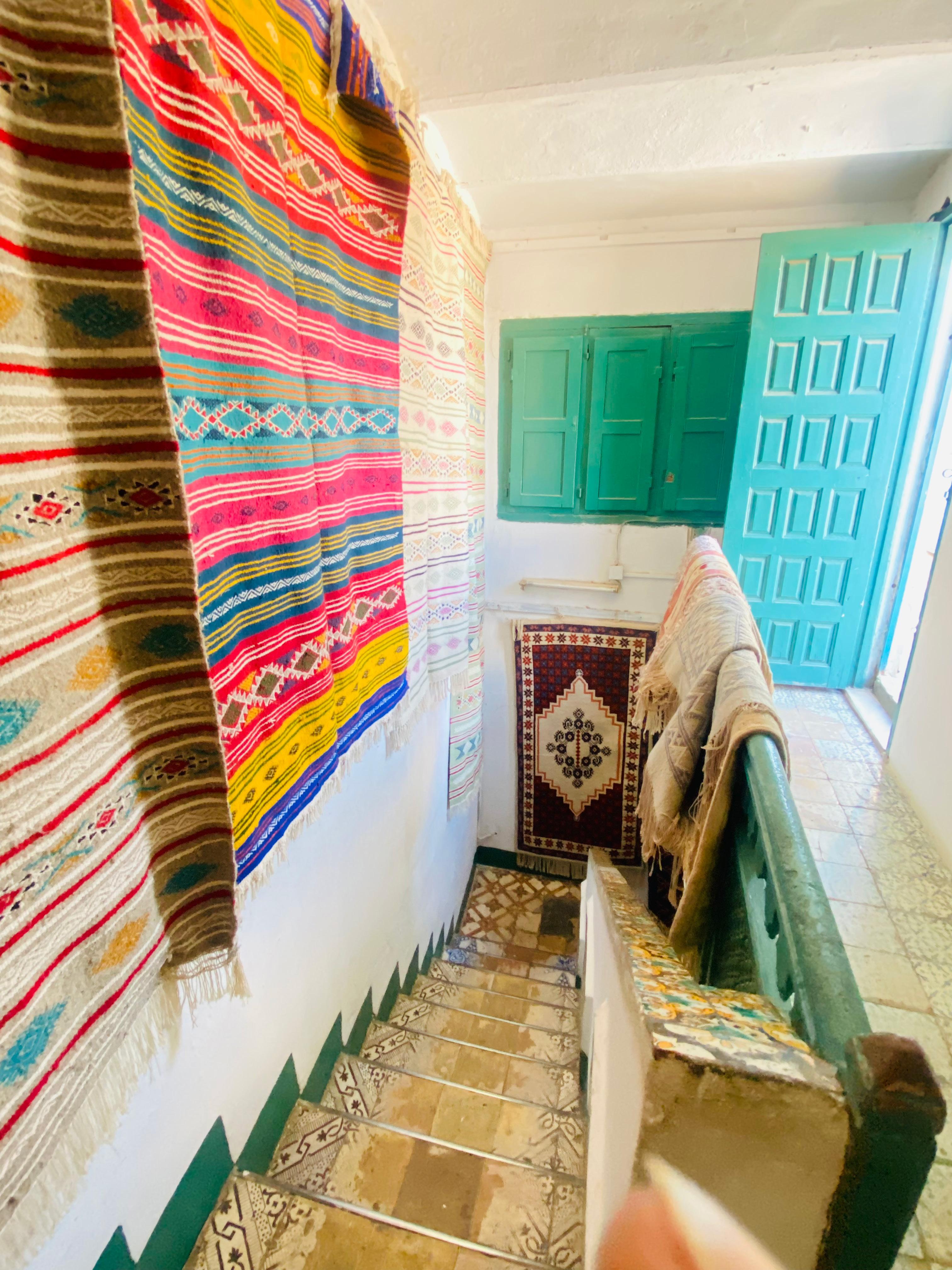
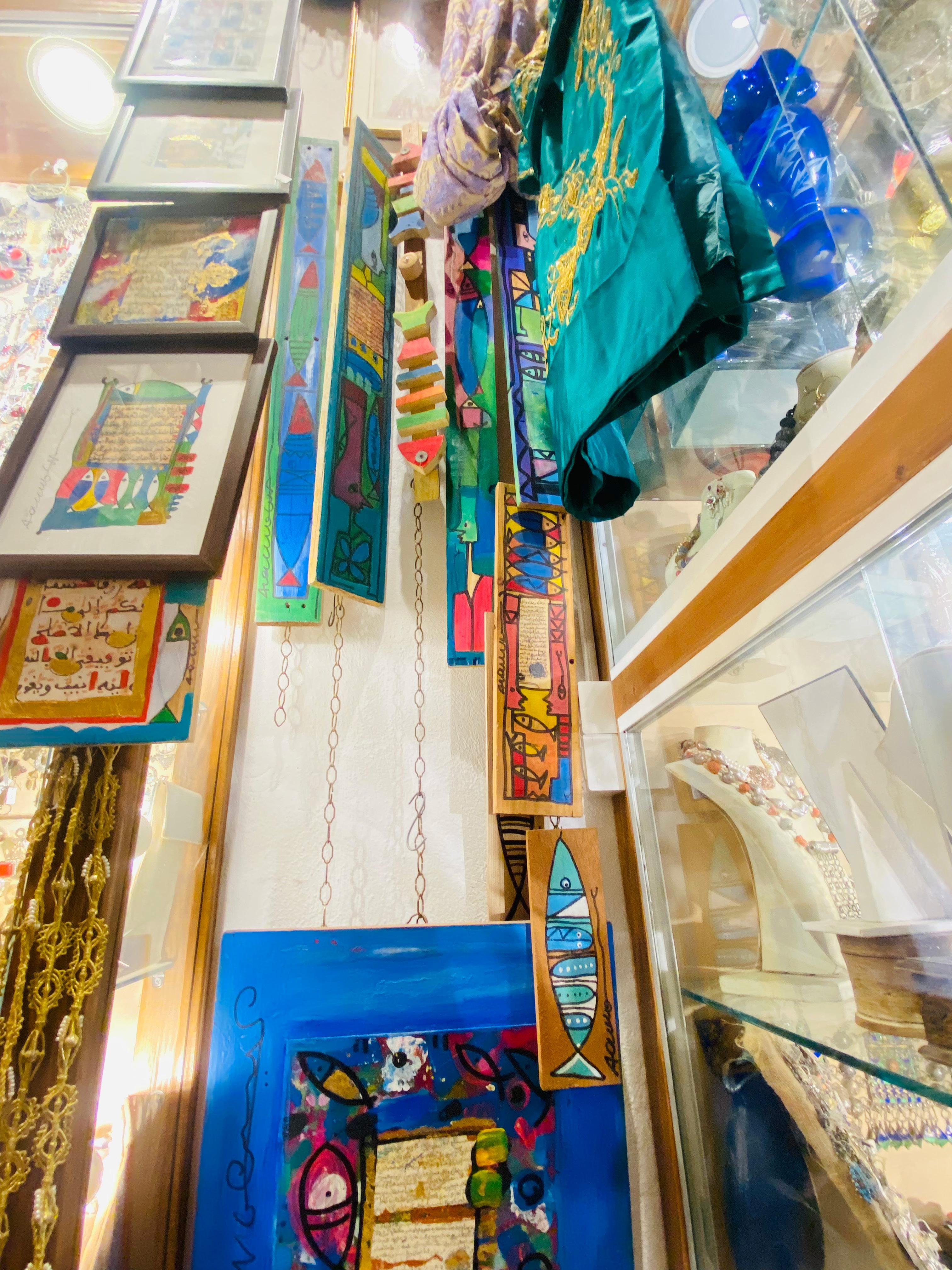
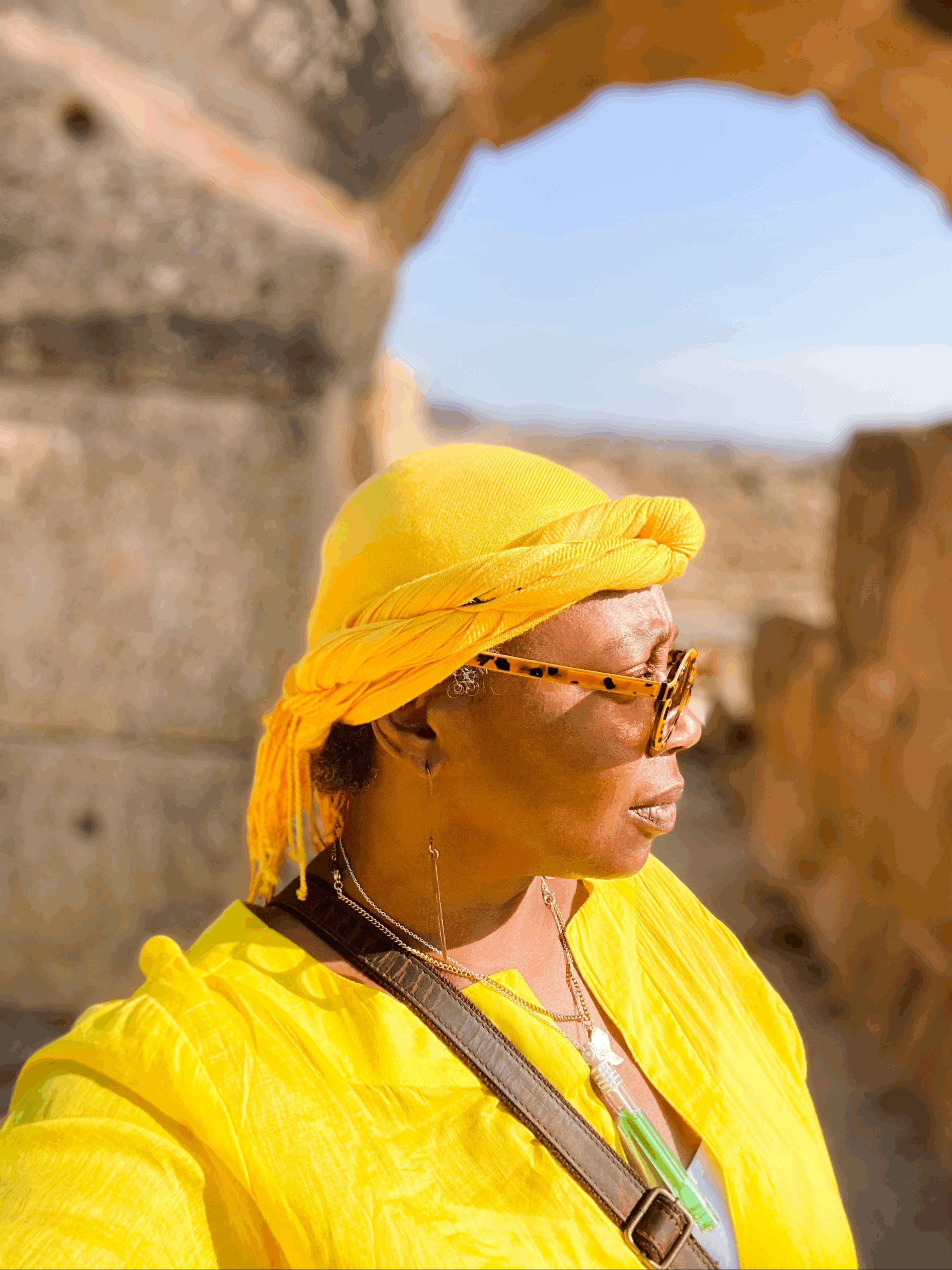
Not every encounter was kind. One shopkeeper I’d visited twice dismissed me with a scowl. Was it my skin? My gender? My language? I’ll never know. But there were moments of recognition, too like locking eyes with an older woman on Rue de la Carrier, sharing a wordless praise of each other’s beauty. Or tipping Sesham, a richly melanated café server, and exchanging blessings later in the square.
Evenings in the courtyard grounded me. I journaled. I stretched. I floated beneath stars and awoke to the call to prayer and scent of baguettes.
At the Roman ruins of Oudna, I walked barefoot, finally on African soil. A thorn pierced my ankle—blood pooling in the shape of a heart. A small sacrifice. A sign. As the sun poured through ancient archways and warmed my skin on the Capitol’s rooftop, I knew: I was exactly where I was meant to be.
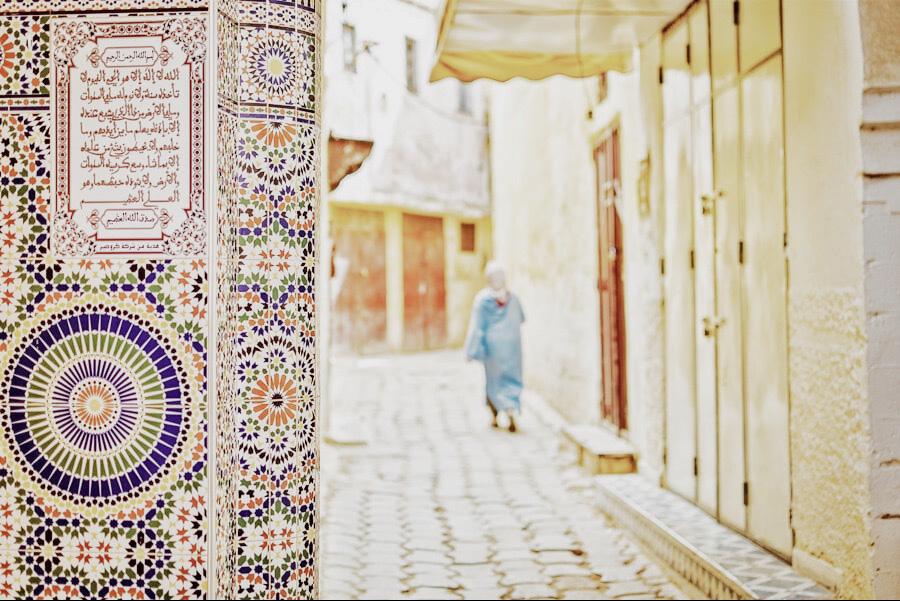
Then came the big day. We were filming for Falling Sideways at the Train Cemetery, located between Nabeul and Hammamet. It was planned, but I moved through it like a dream. One moment, I was admiring the golden light melting into the rusted textures of old, broken coils, panels, nails and floor boards. The next I remembered I’d gotten my Tetanus shot. Then,
“Oh shit! I’m about to be in a scene!” I whispered: 'Reshounn, pretend this is open mic. You know your lines. Do the damn thing. I did. I was dope.'
On the way back, we stopped for groceries. The store played Teddy Pendergrass. Soul music bumping over Arabic voices. Surreal. Perfect.
I took just enough photos. Bought jasmine oil, a necklace, and a wool Berber rug under warranty for life. I experienced a new, fuller version of myself.
I thought of my ancestors. Could they have imagined one of their descendants walking freely through North Africa, claiming joy as her inheritance? My DNA test says I match that of the Masana "The Friendly People" who fled the Arab Slave Trade. I don’t know the whole truth. But now, a trace of my blood for sure exists in Tunis, an Arab country in Africa.
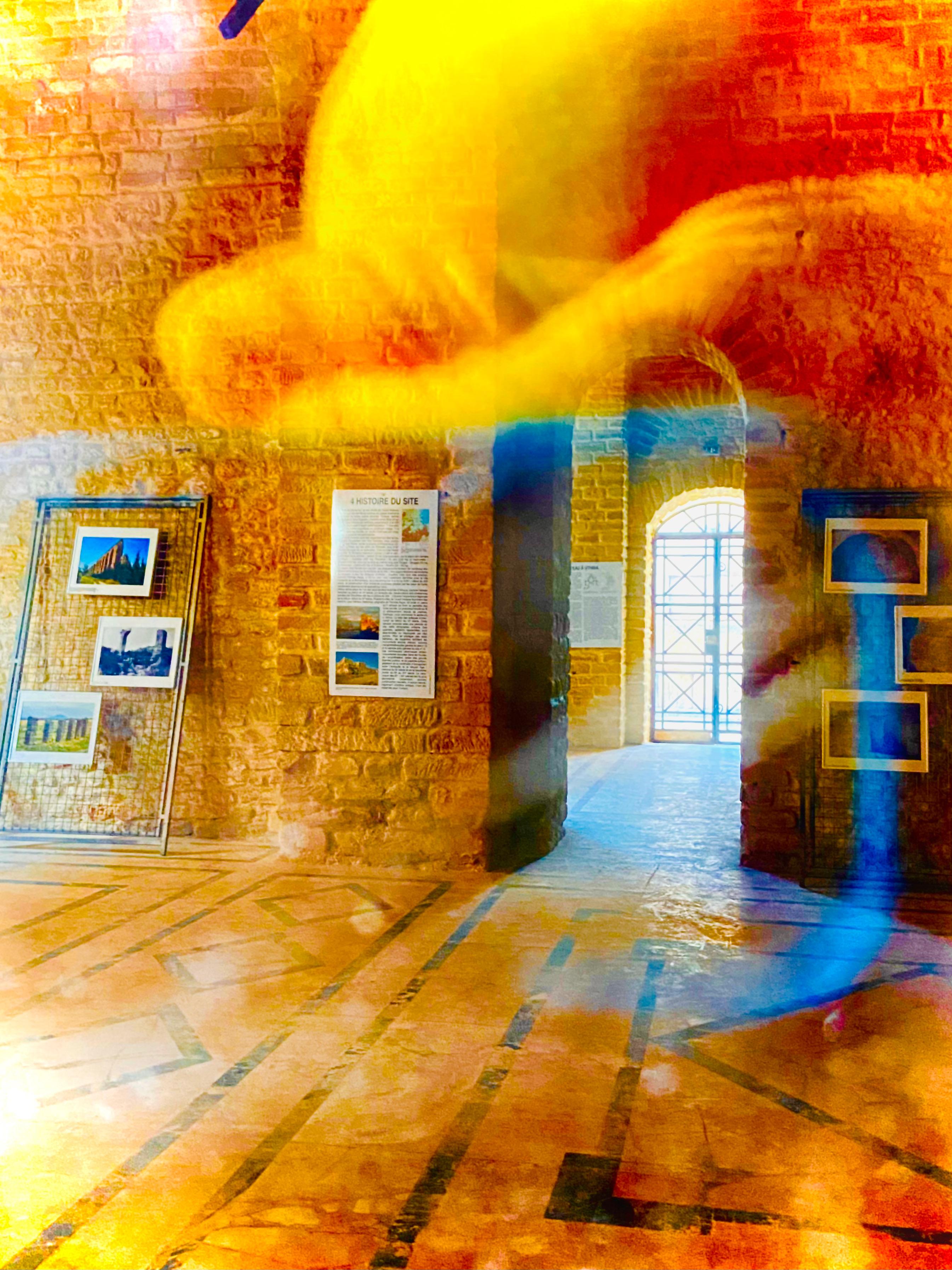
The trip back took 18 hours Tunis to Berlin to Amsterdam to Detroit. Late-night layovers. Chilly airports. Passport checks. Terminal sprints. Jackets and shoes on and off. Phone charged. Loved ones updated. Worth every bit of it. I had broken the spell of smallness.
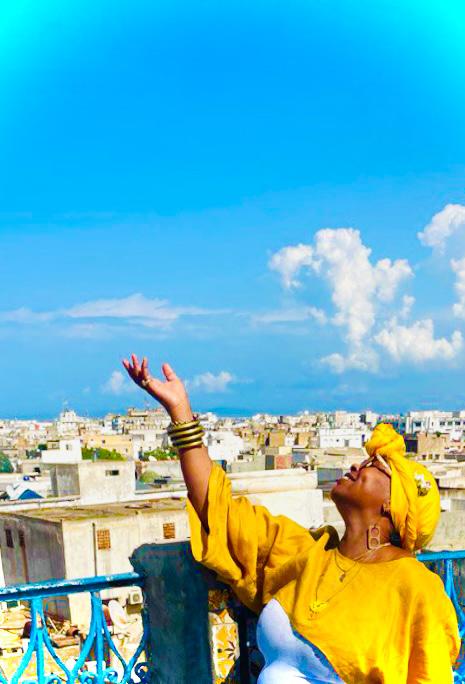

I want to return with an itinerary next time. Take proper tours of Oudna and Carthage. Visit Sesham. Revisit that man’s shop just to smile, say “Salaam,” and wash my hands of him with grace. Buy flasks of jasmine oil. Take a perfume workshop. Feed the cats again.
Photograph the yellow and blue doors symbols of peace, joy, and community and let them guide me.
I cried on the plane to Detroit. Not from fear or sadness but quiet joy. Did you have fun? friends asked.
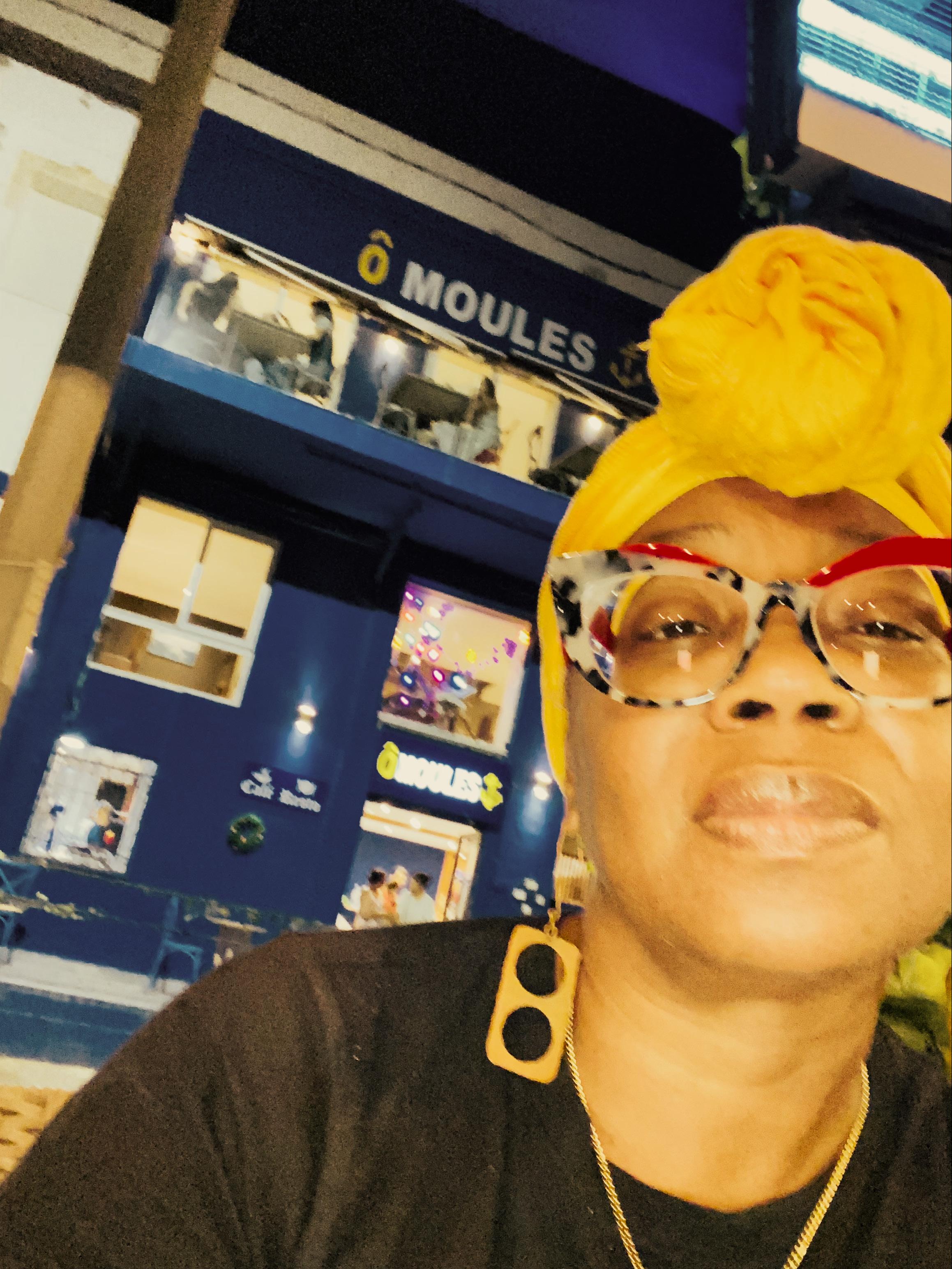
Albert Einstein


Long before my journey into television, multimedia, and digital storytelling began, my passion for creative media was sparked in the most nostalgic way flipping through the pages of my mother’s magazines.
Titles like Vogue, W Magazine, Architectural Digest, and National Geographic filled our home, each page a treasure trove of captivating photos, brilliant layouts, and stunning graphics.
I was mesmerized by the artistry and craftsmanship that brought these publications to life. Those moments ignited something in me, and before long, I was cutting out images, making collages, and immersing myself in the world of design.
This love for graphic design and print has always stayed with me. It’s a passion that’s evolved as I’ve grown in my television career by doing motion graphics for TV and video projects, but one dream has remained constant: creating a magazine of my own.

It’sbeen an idea that has lingered in my heart, waiting for the right moment to take flight, and now, that moment is here. Enter Lotus. This digital magazine is a canvas where I can celebrate the creative things and people who inspire me artists, designers, and creative visionaries whose work and stories deserve to be shared. Lotus isn’t just about showcasing creativity; it’s about sparking something within all of us. It’s a space for creative rebirth, renewal, and the rediscovery of inspiration through the artistic lens of others.
So here’s to new beginnings and creative journeys. Welcome to Lotus, a celebration of art, culture, and the endless pursuit of beauty and meaning. Let’s bloom together.


